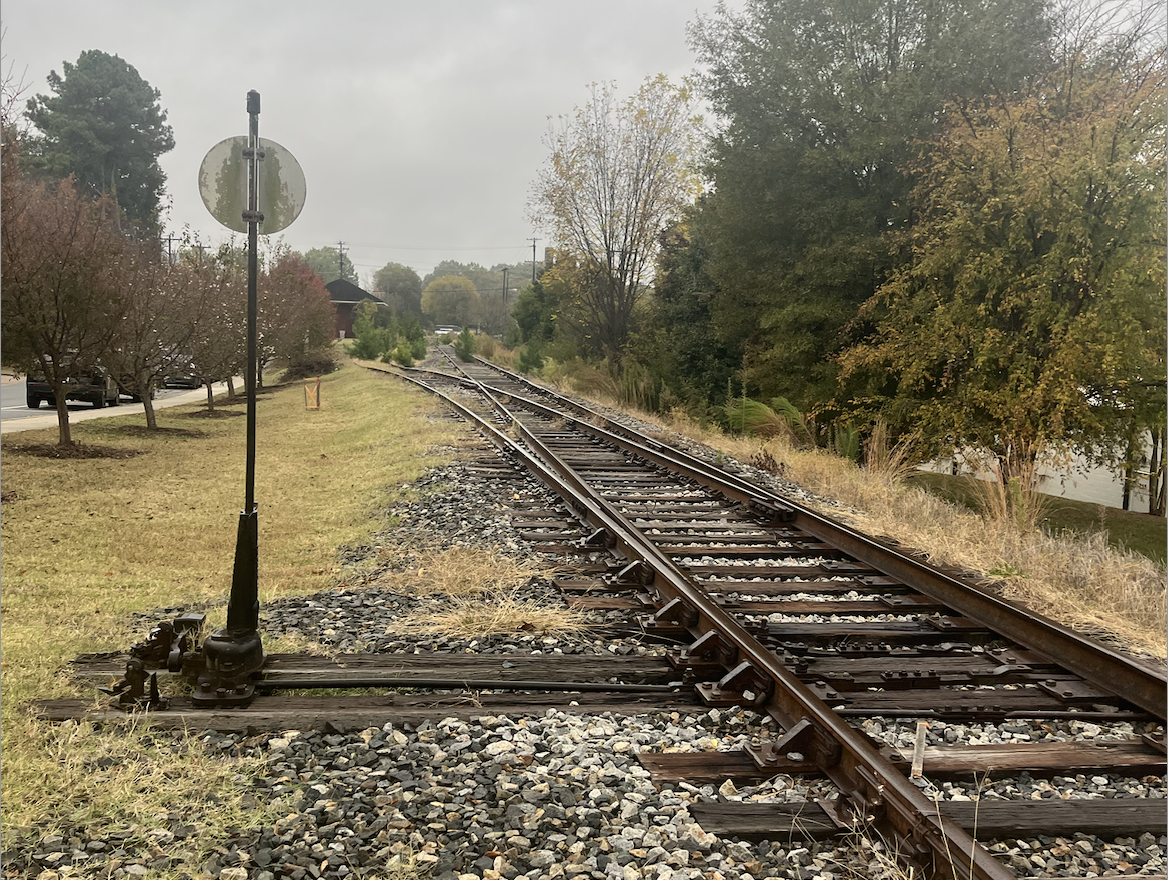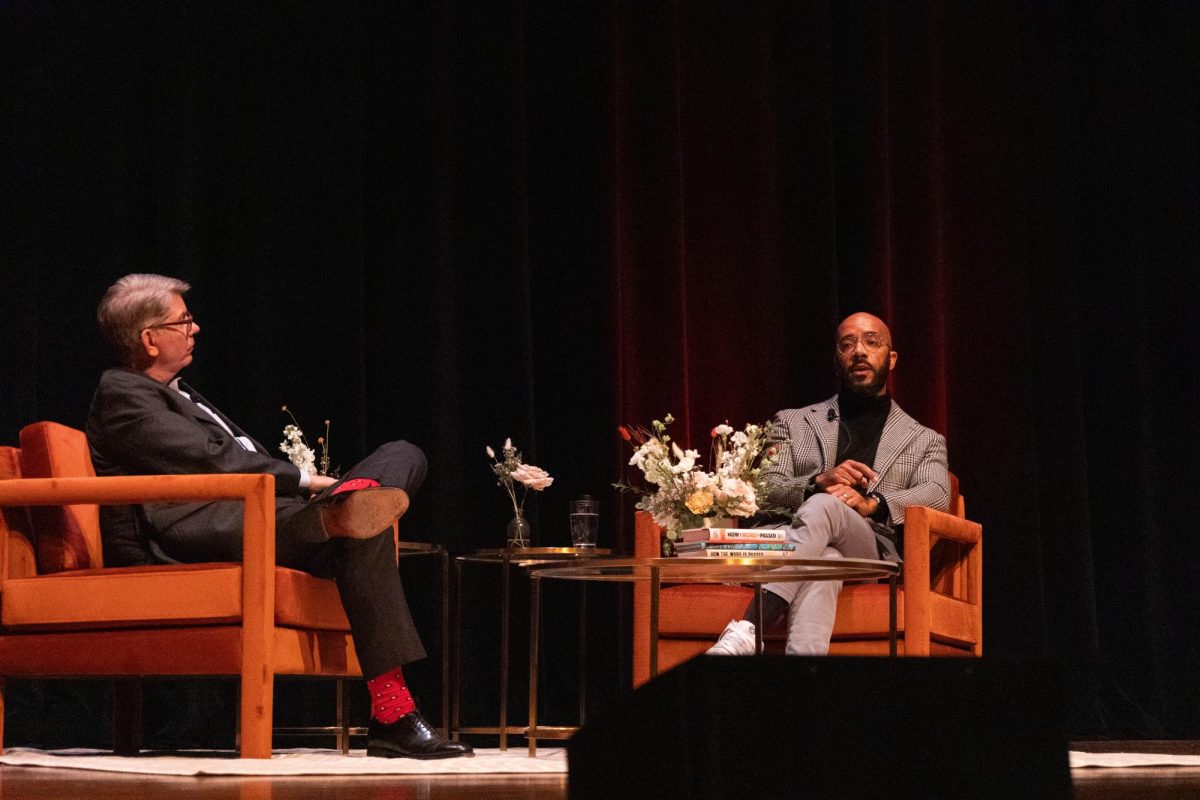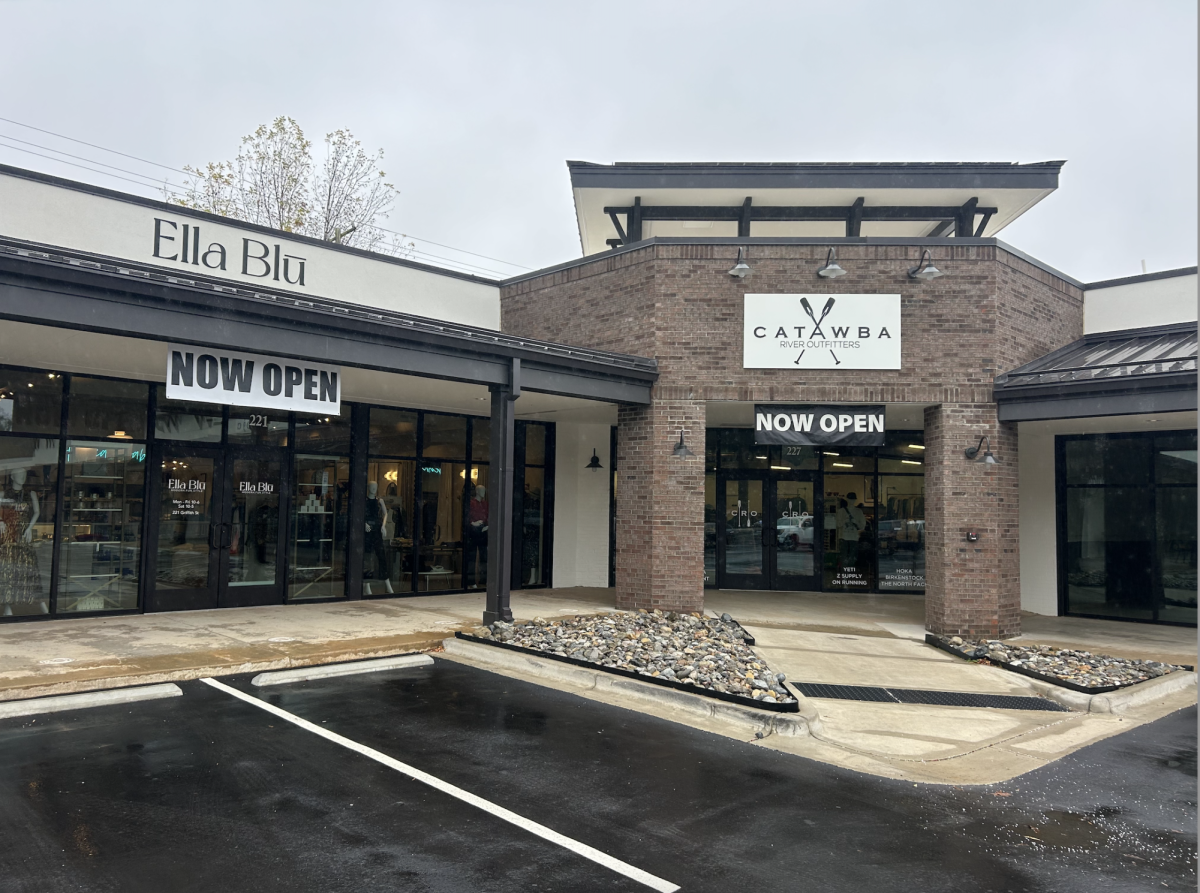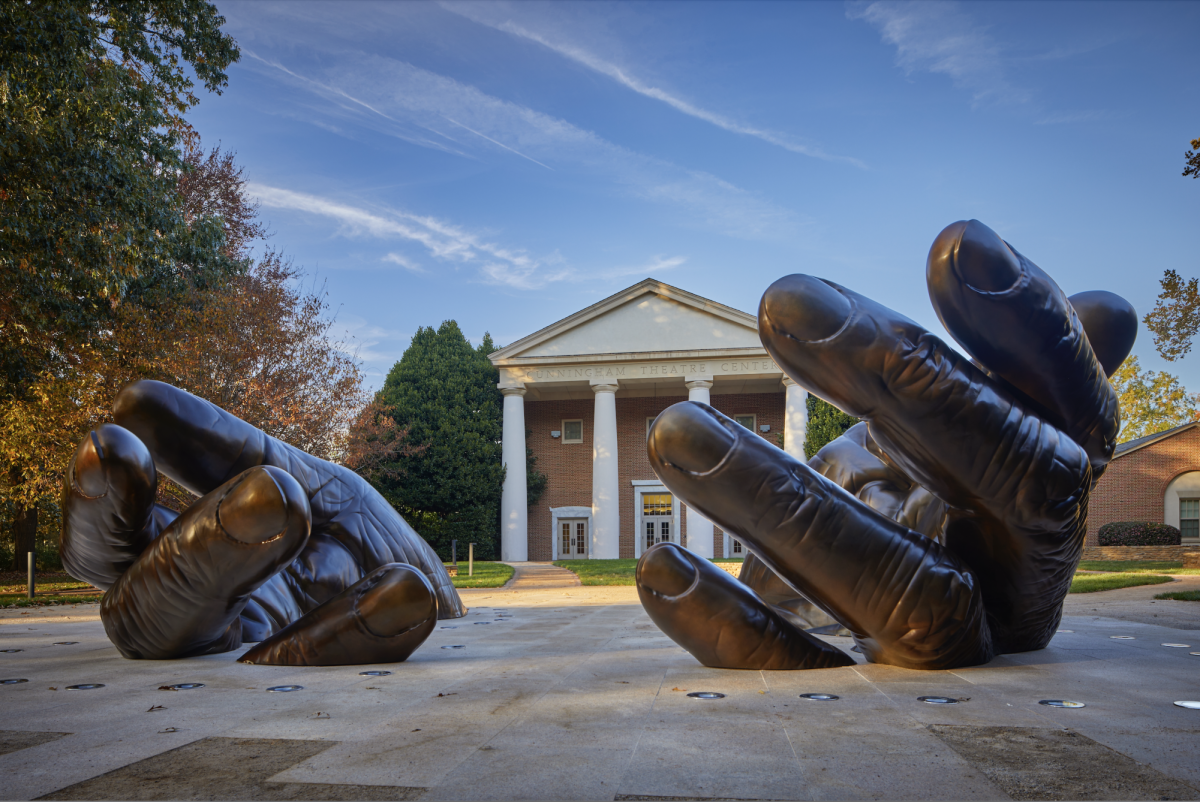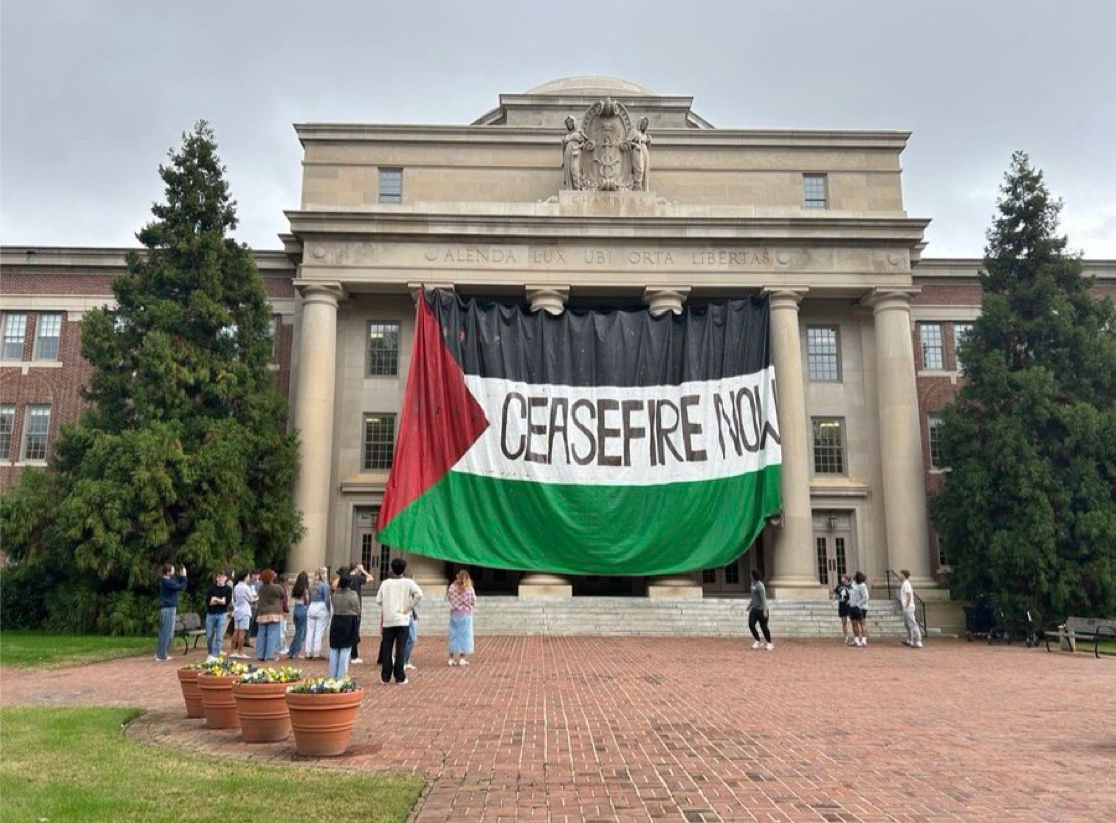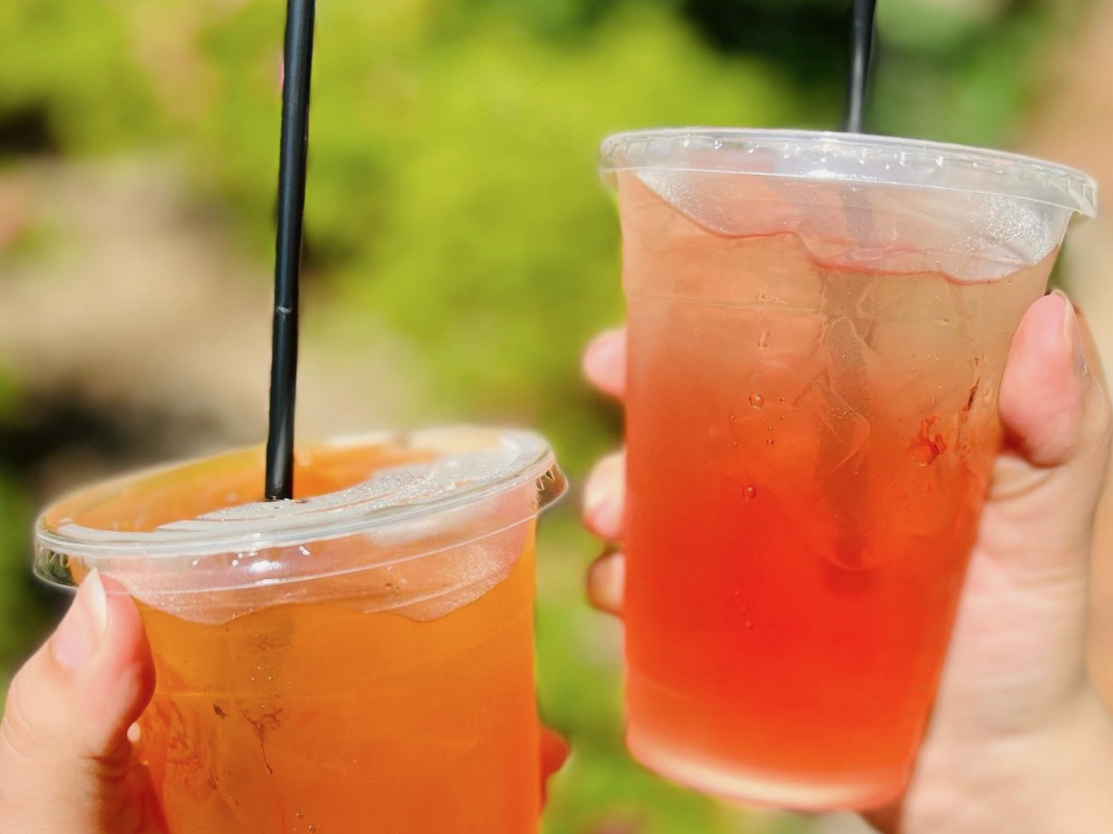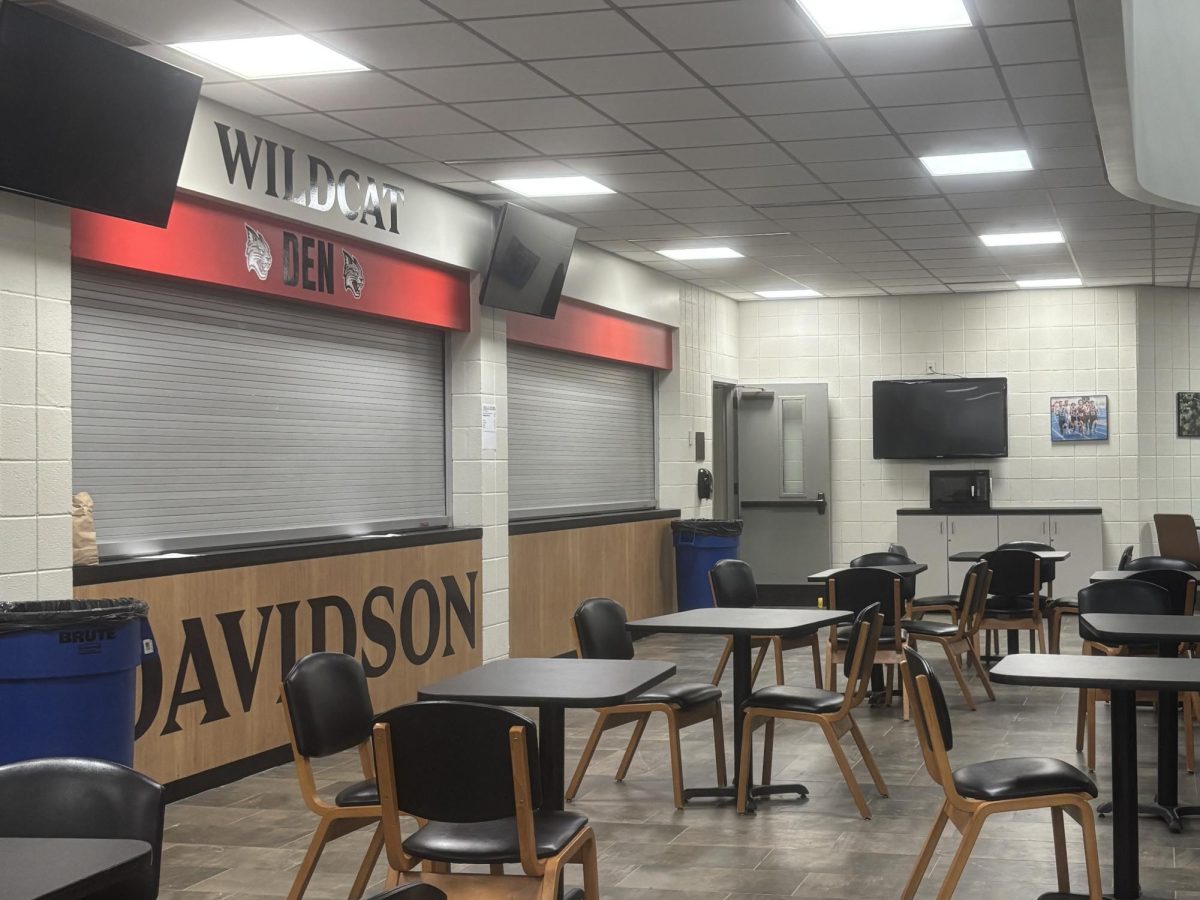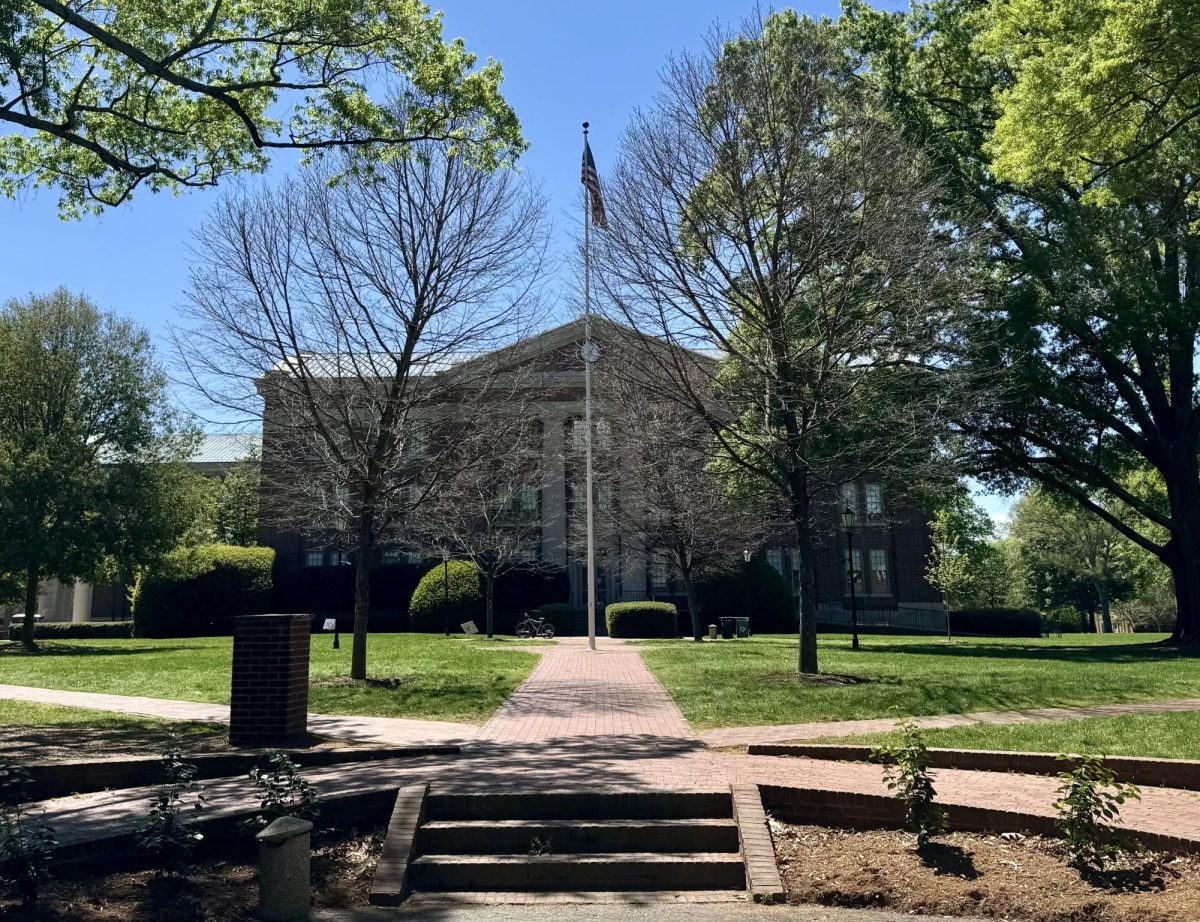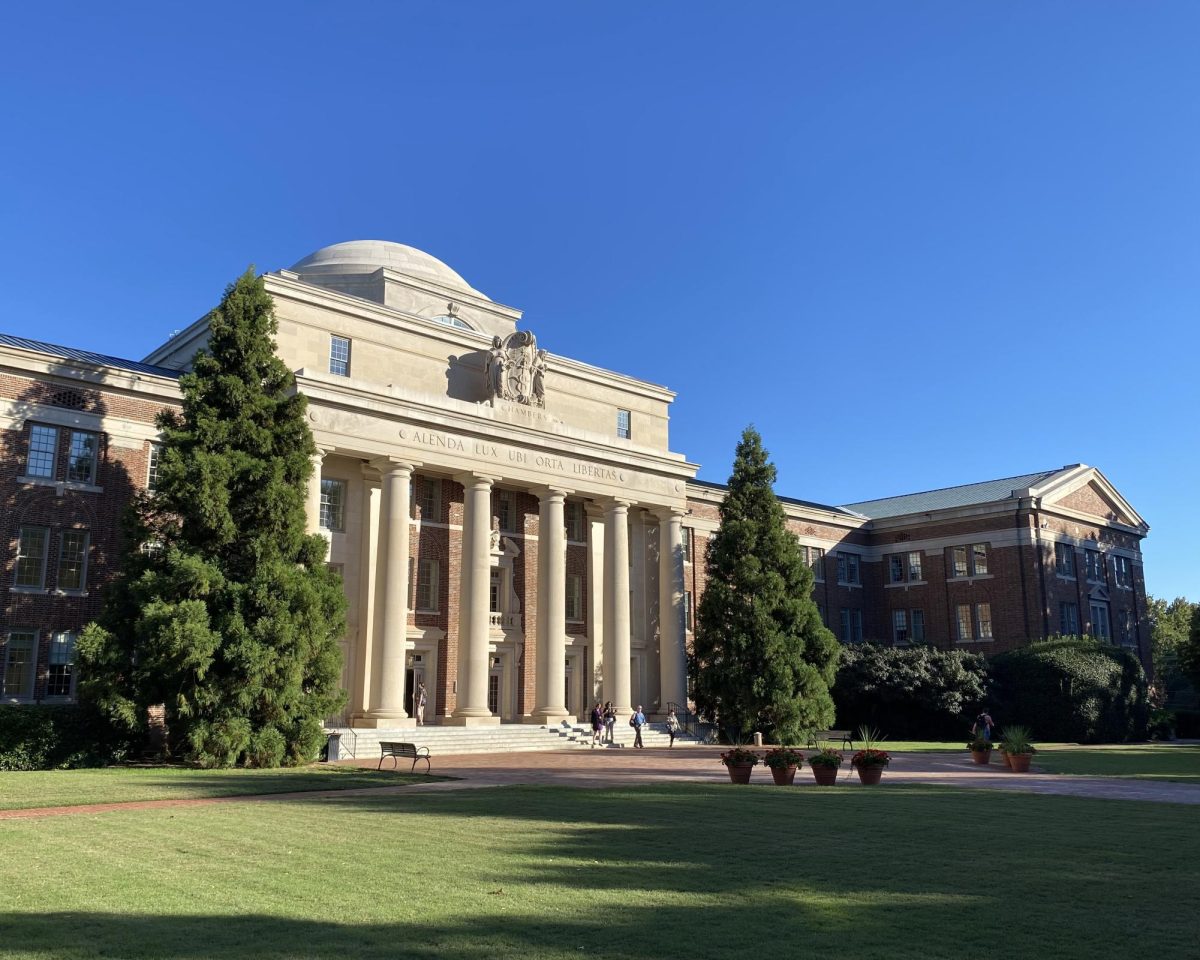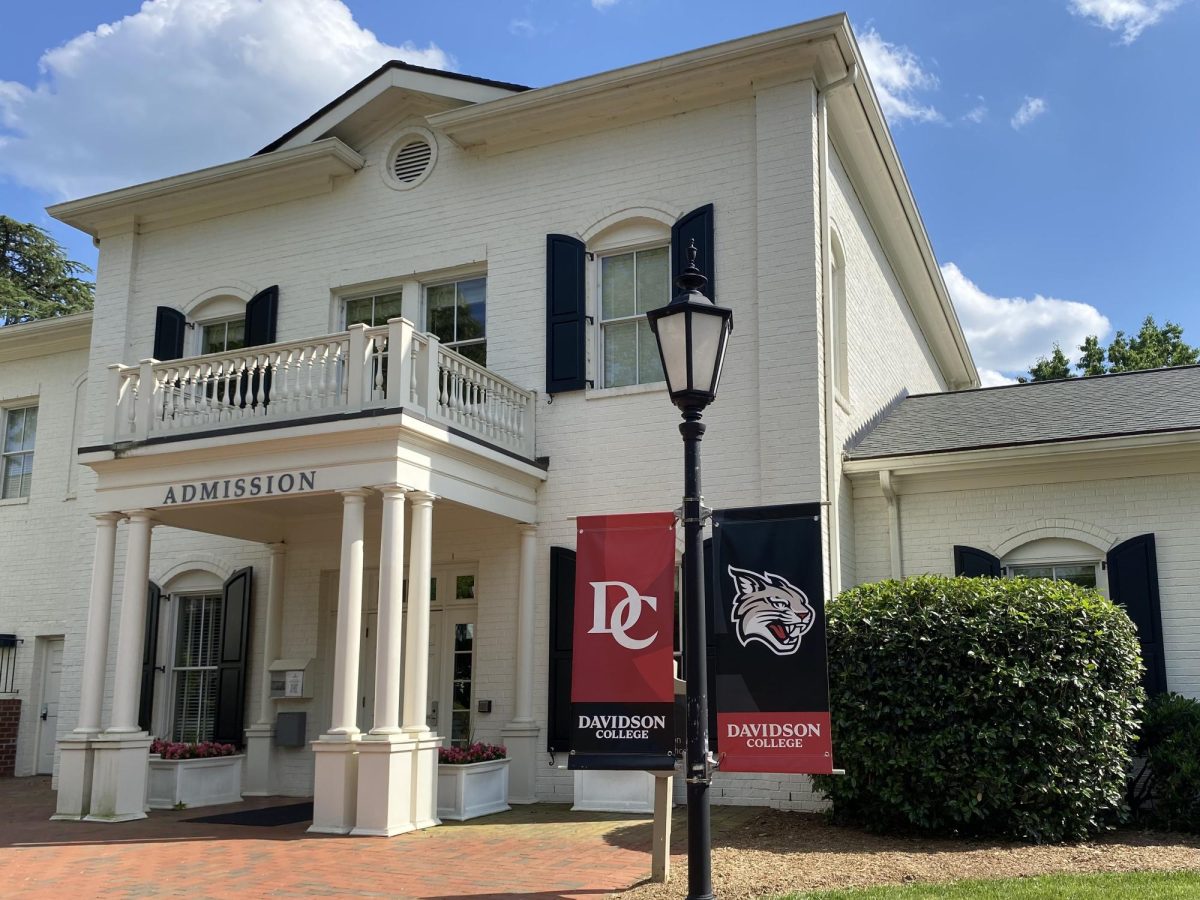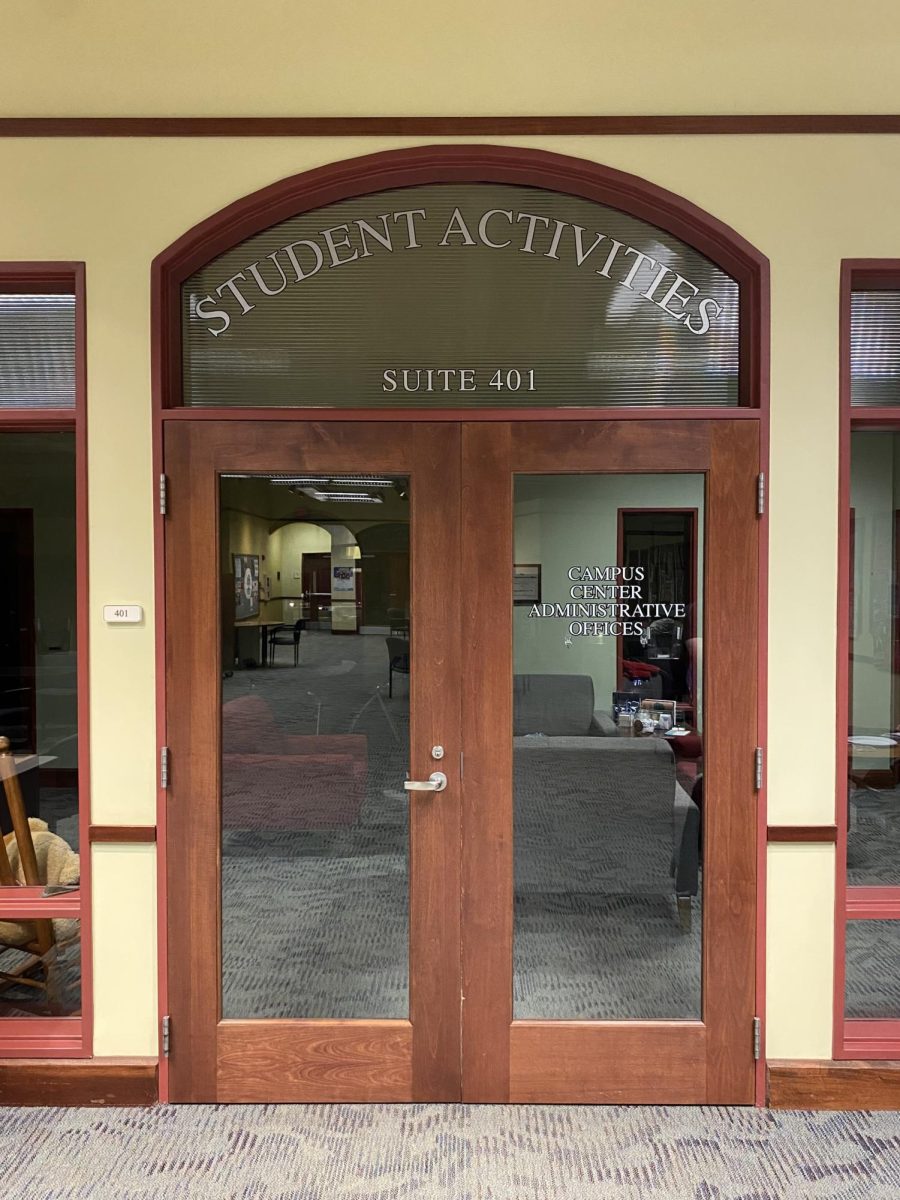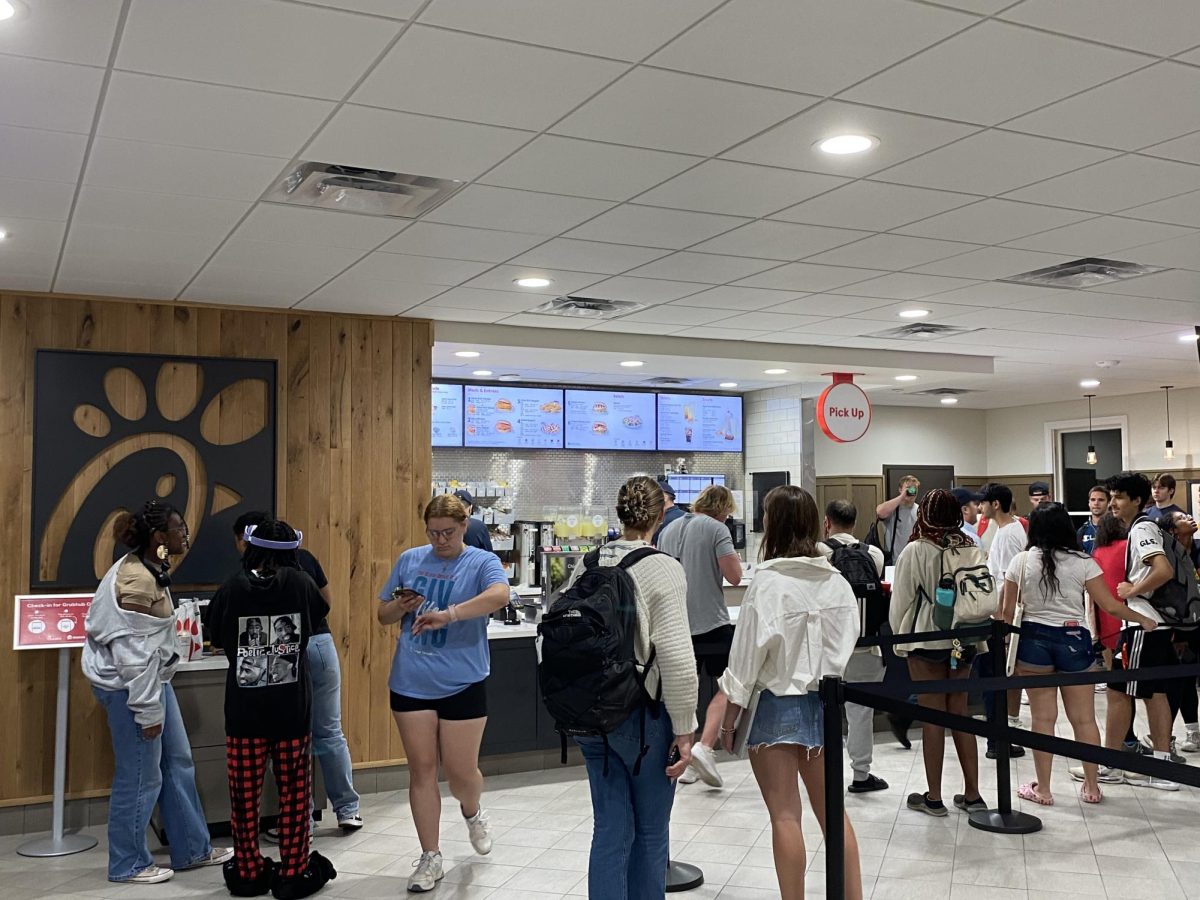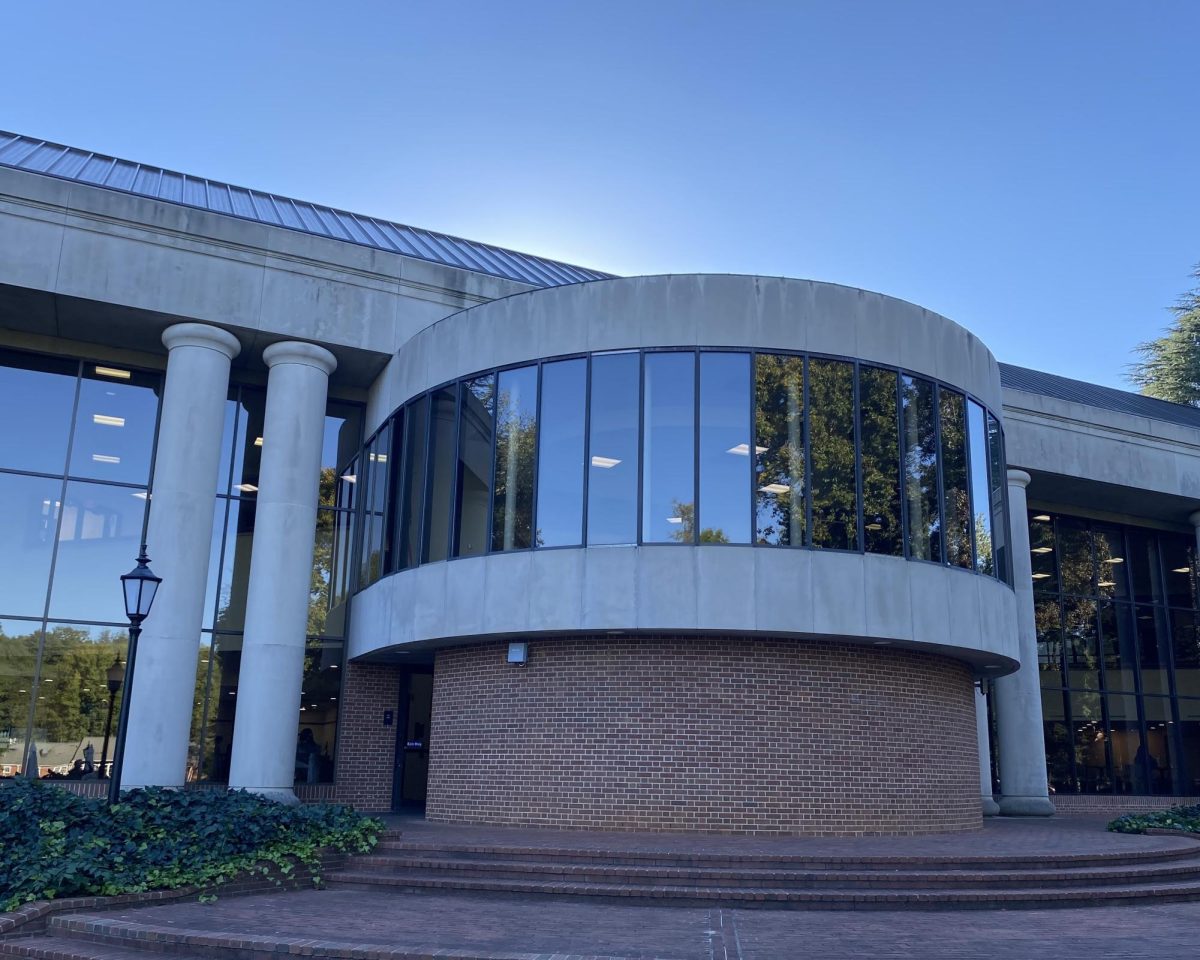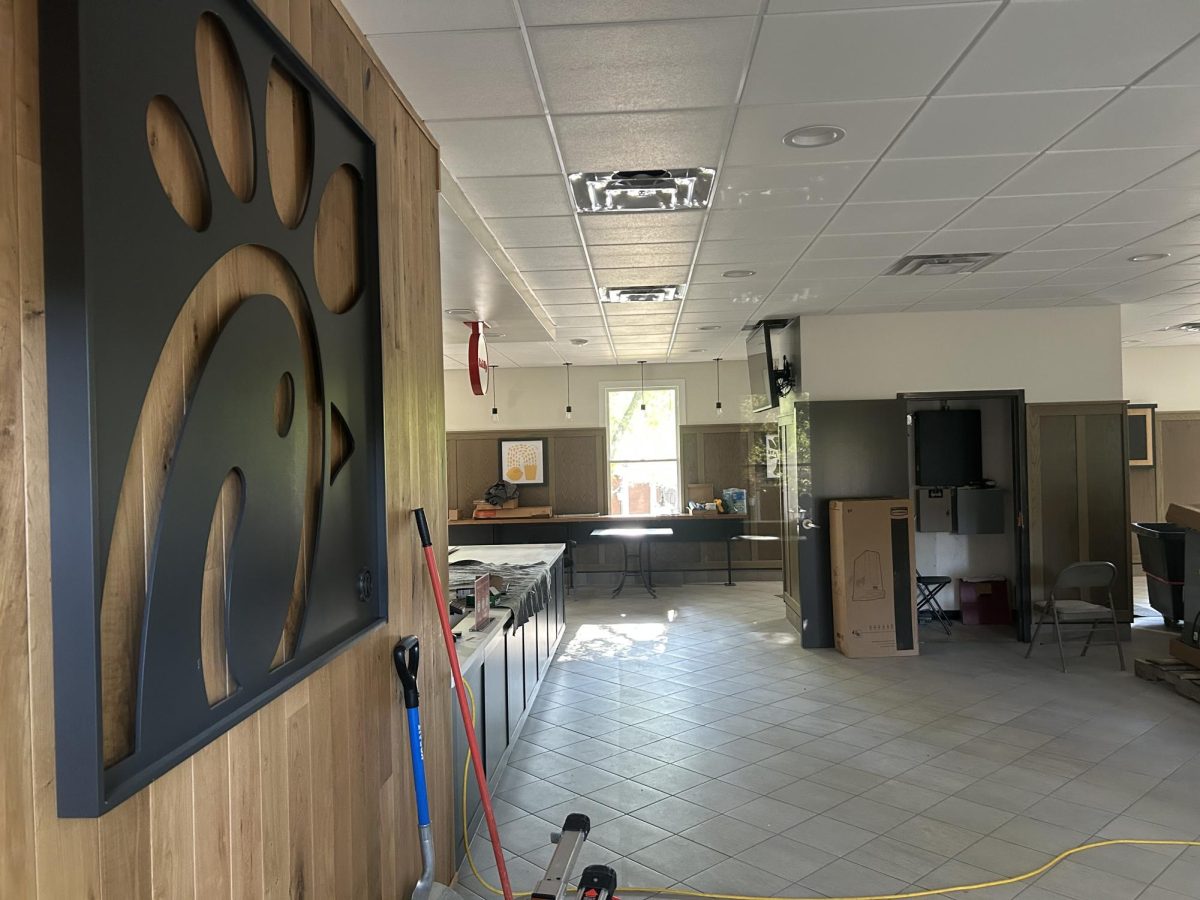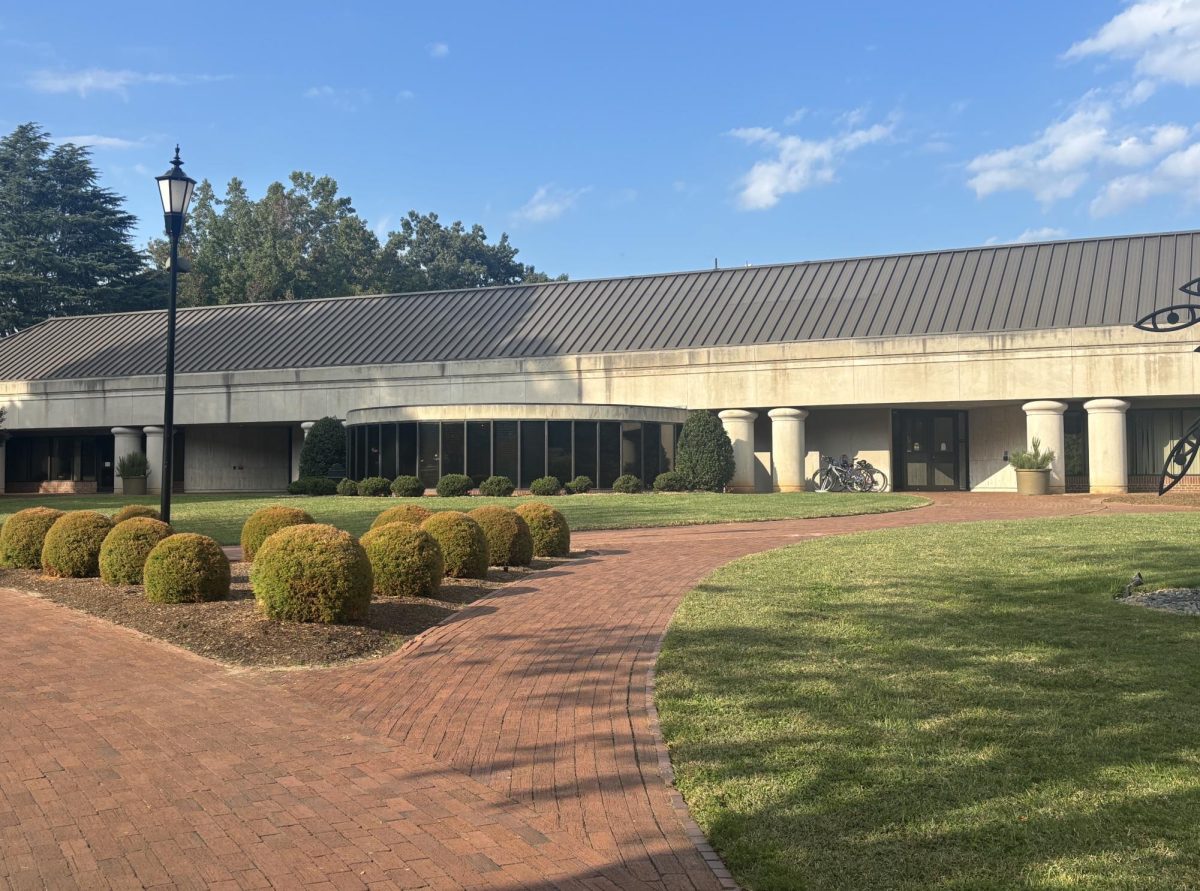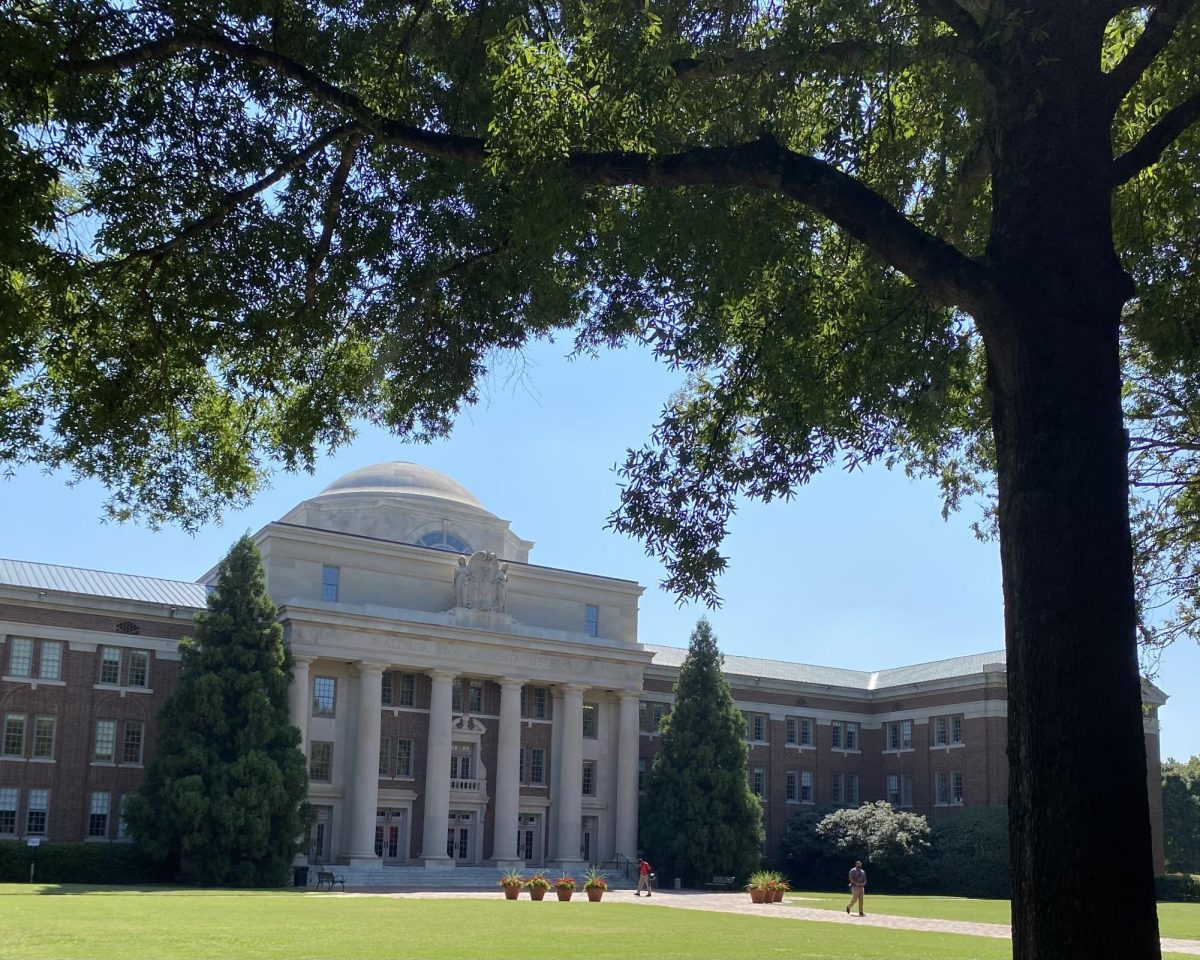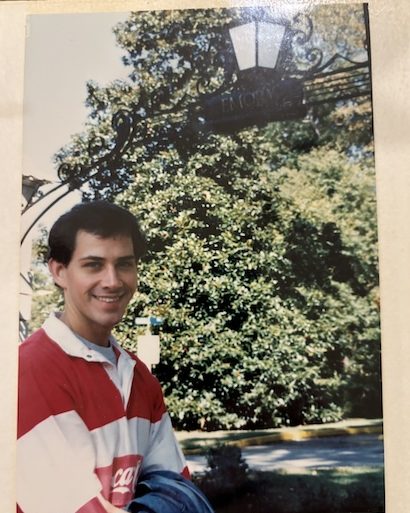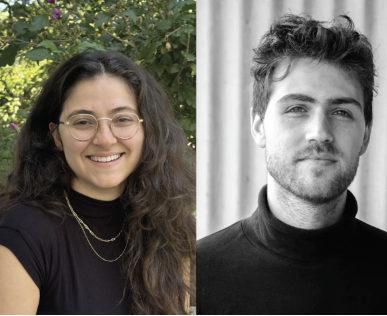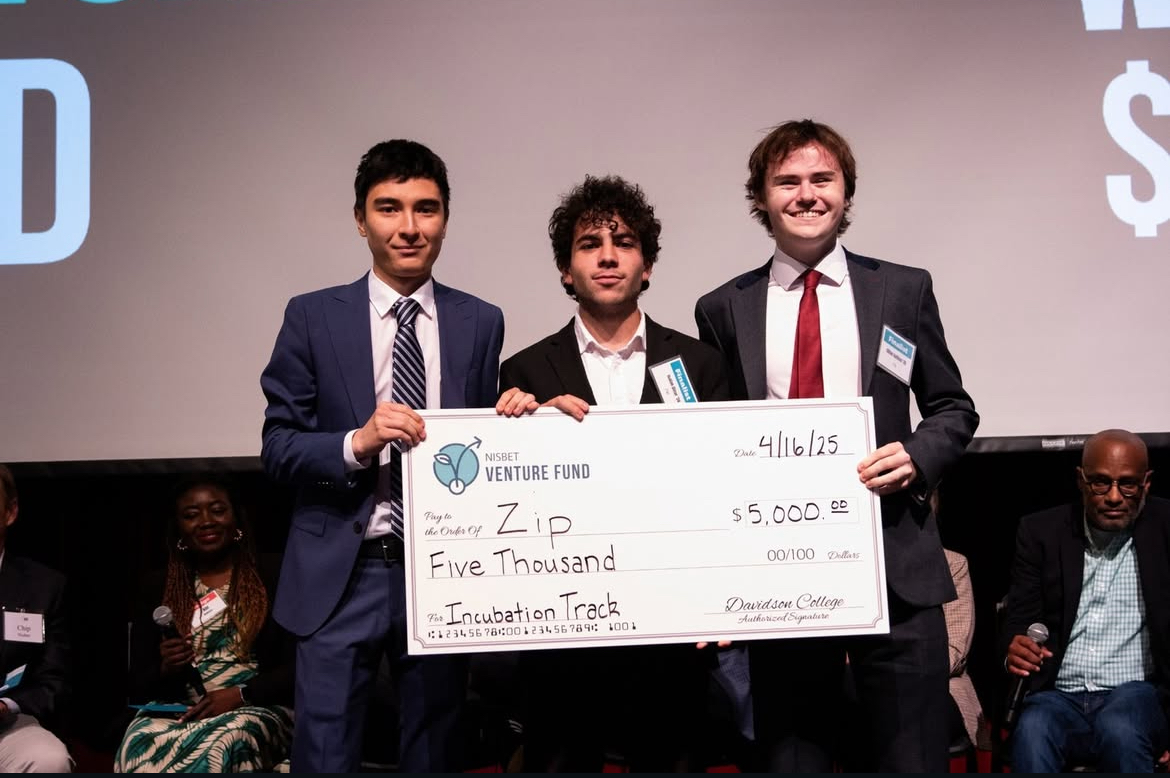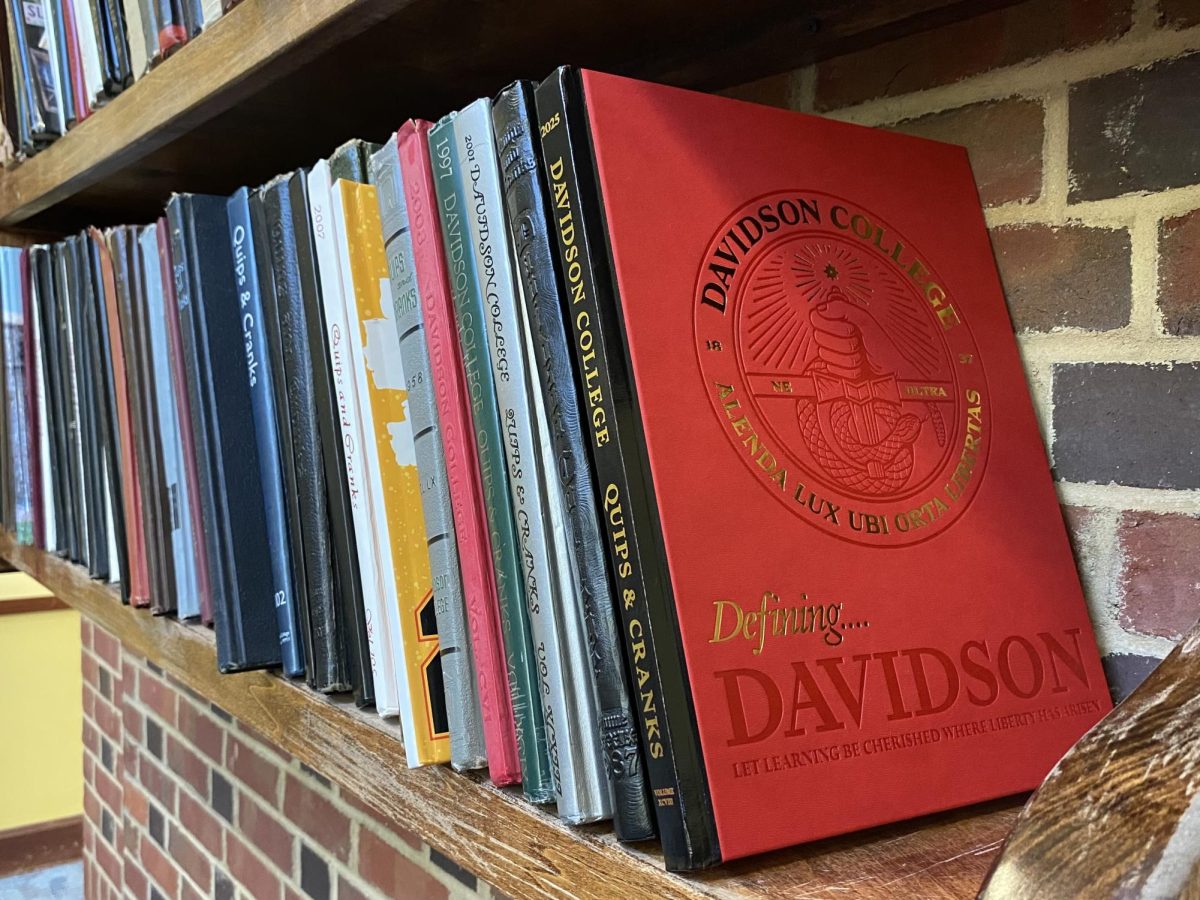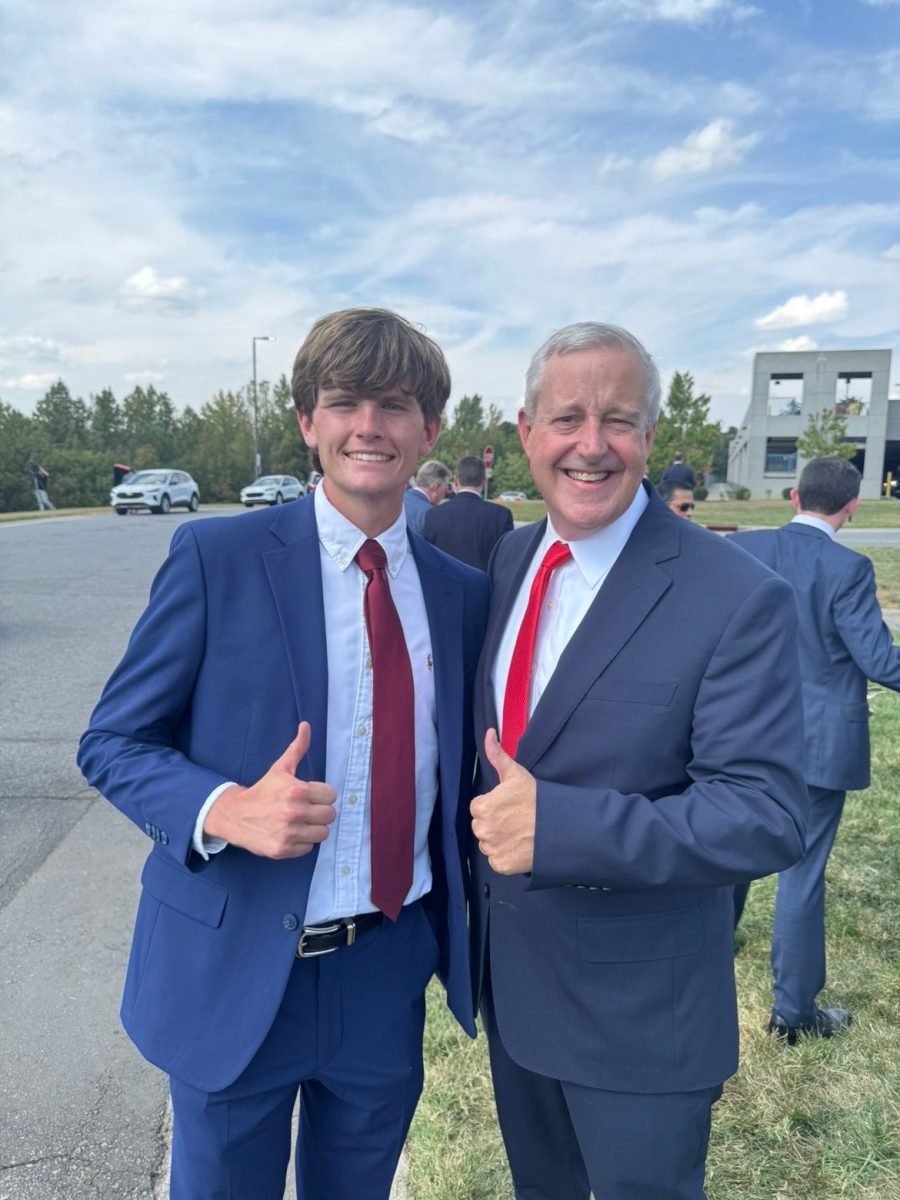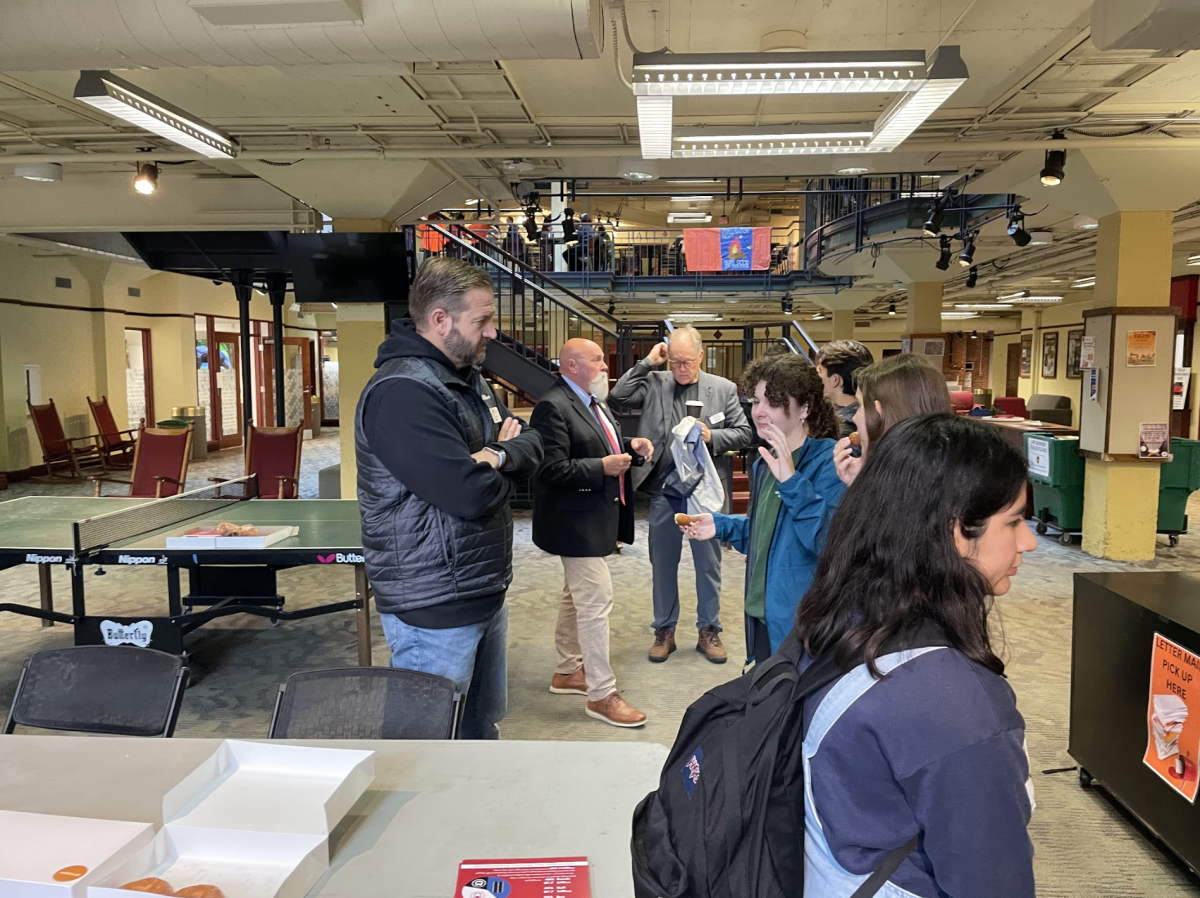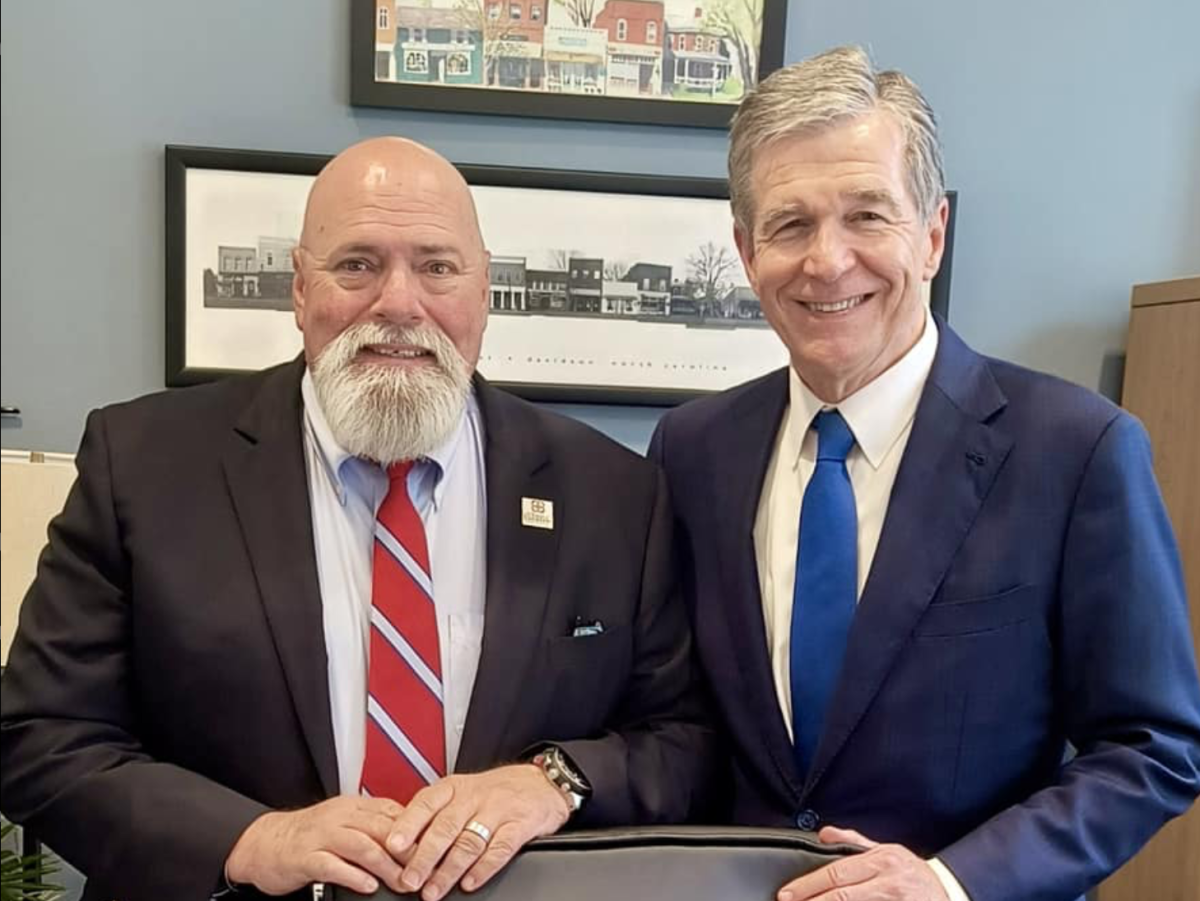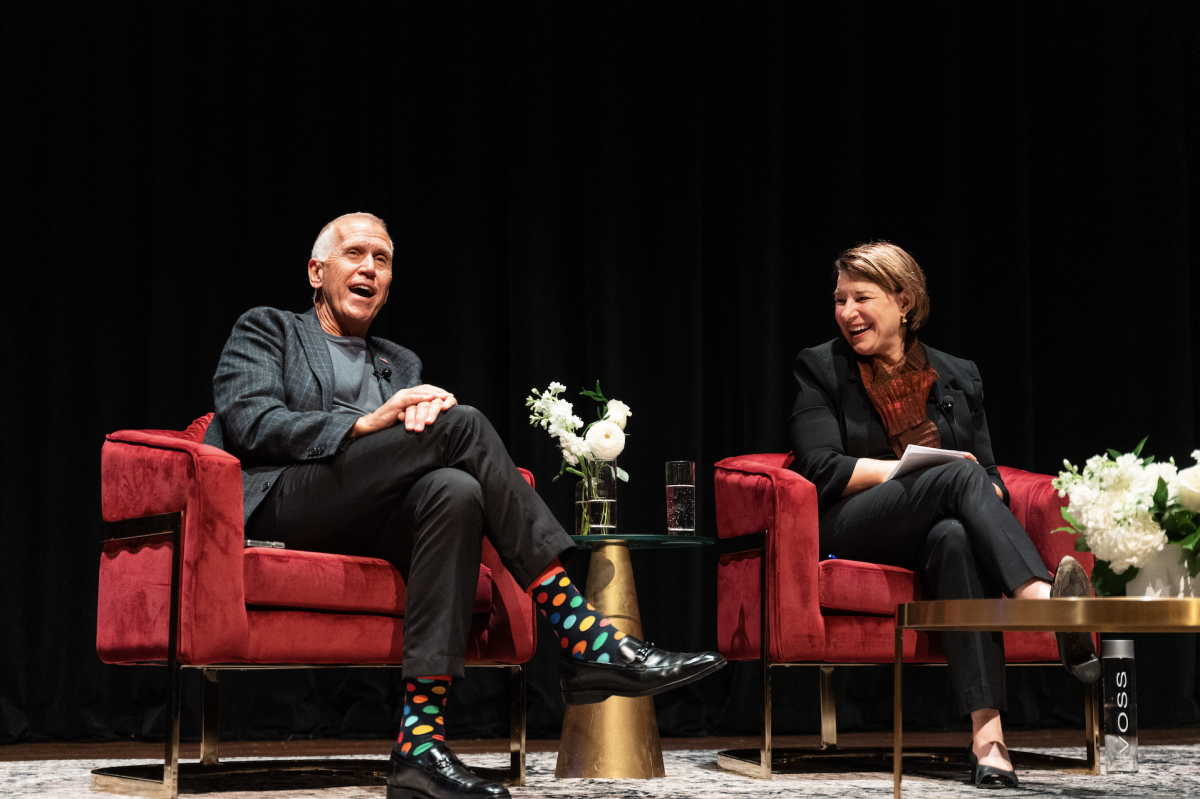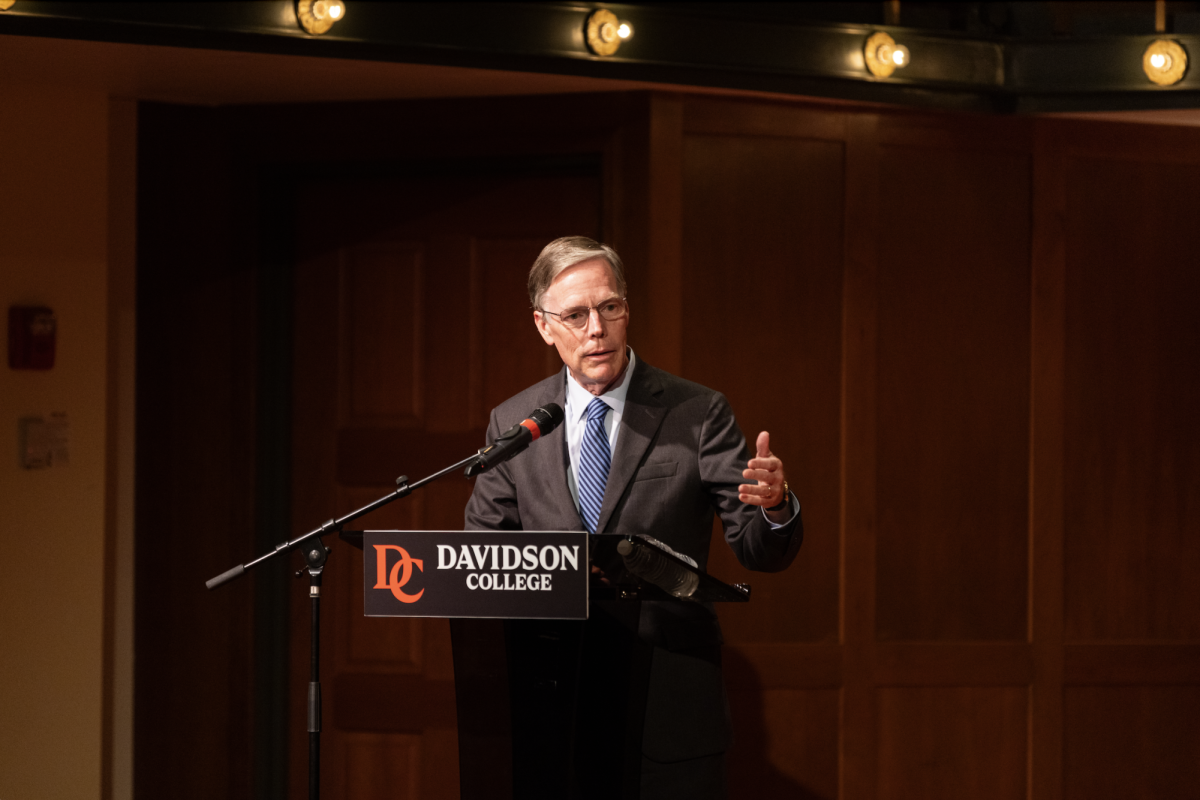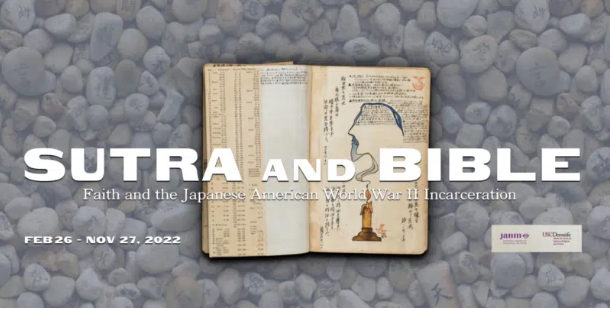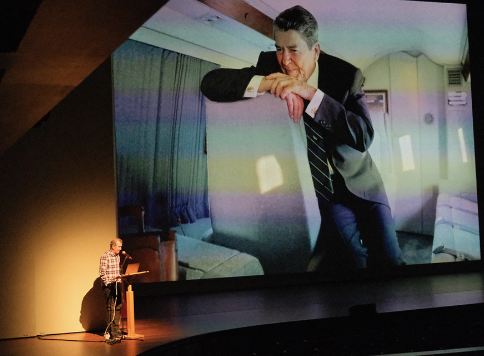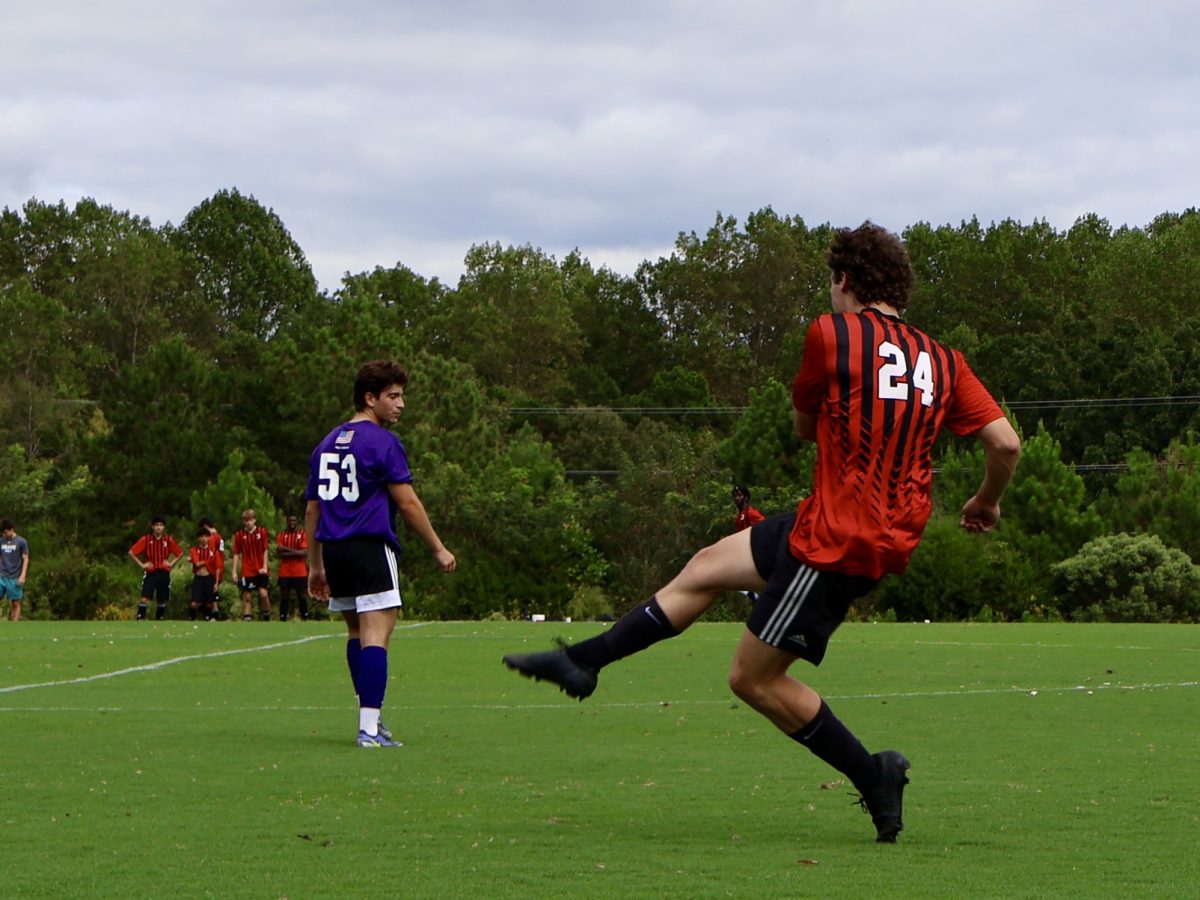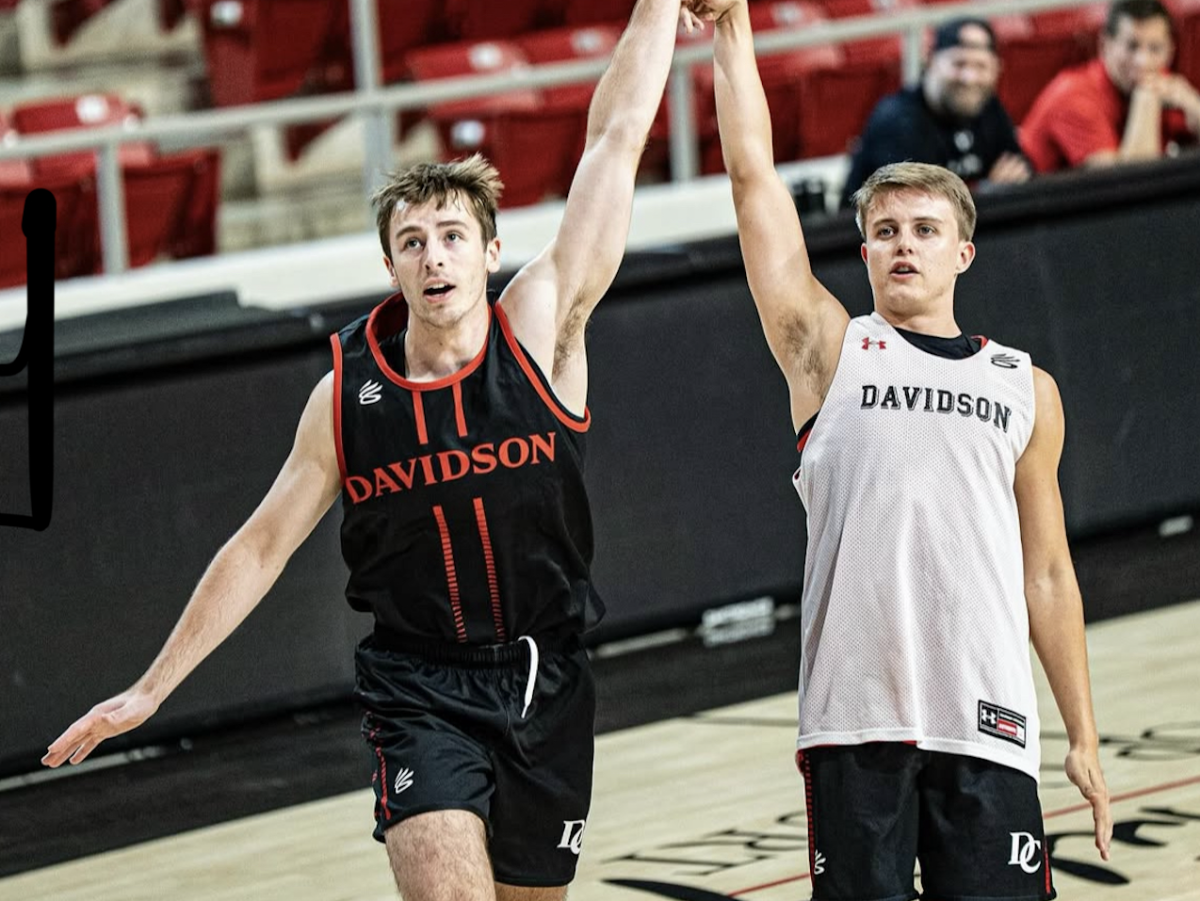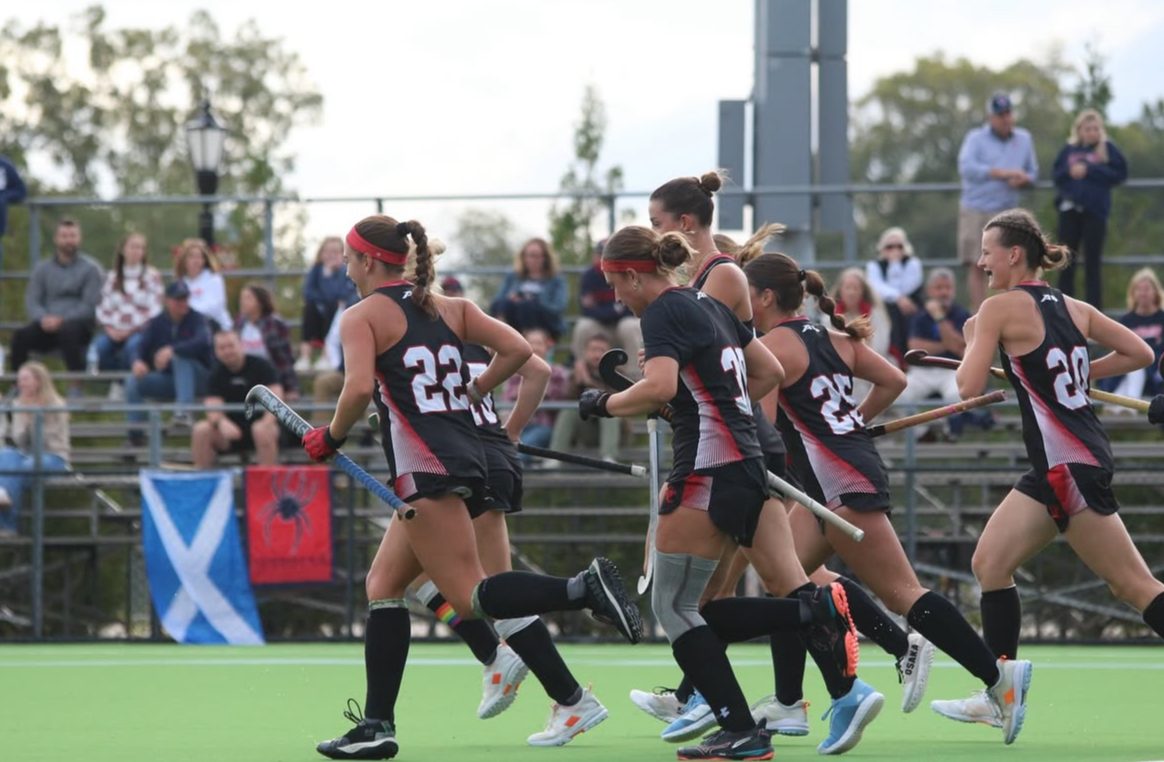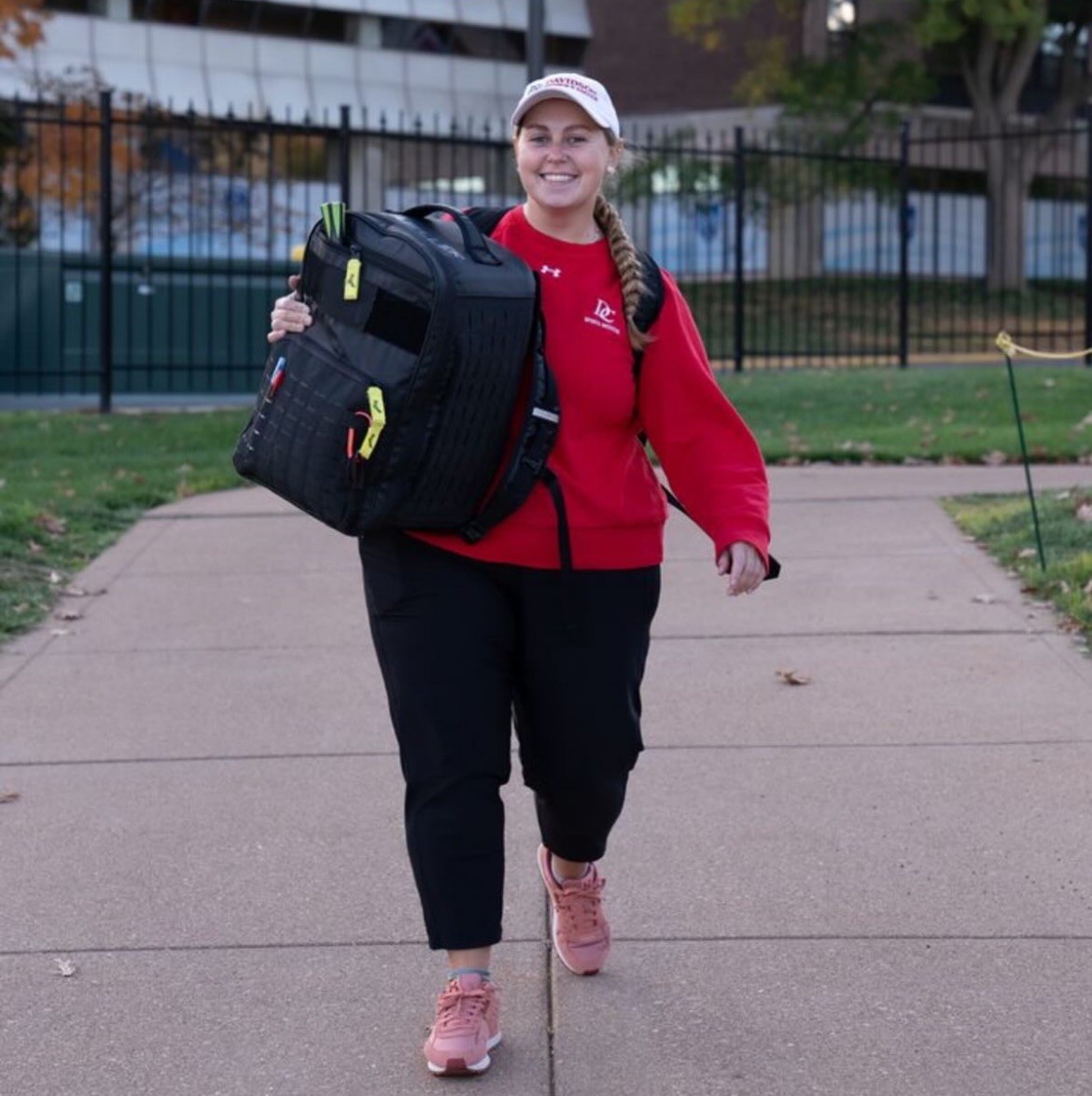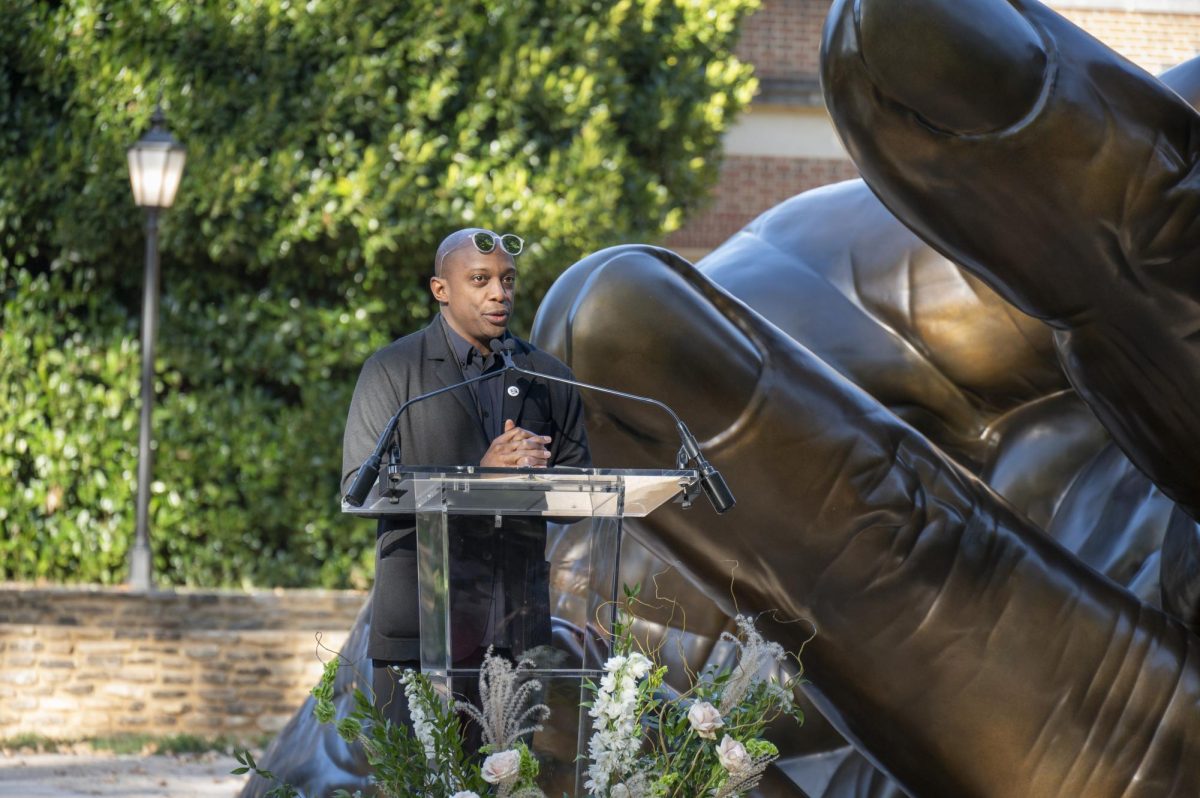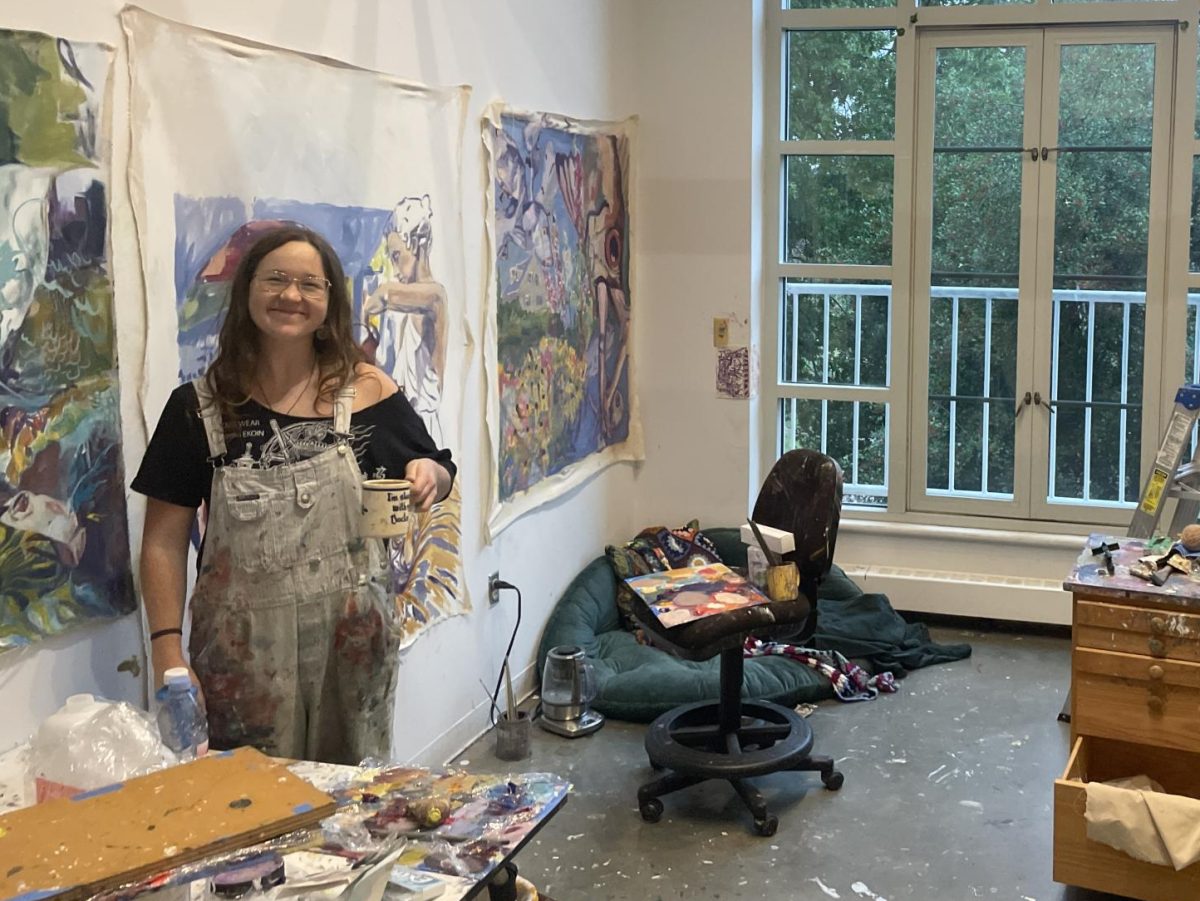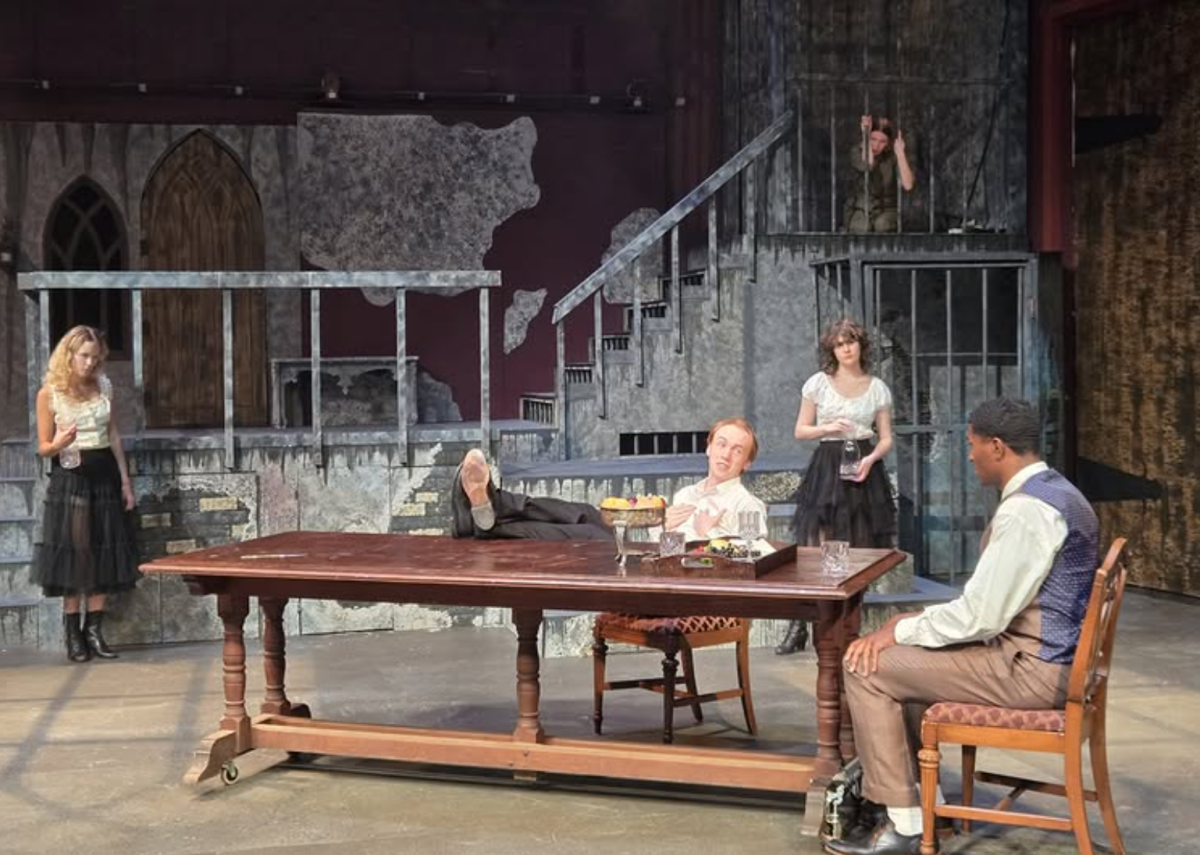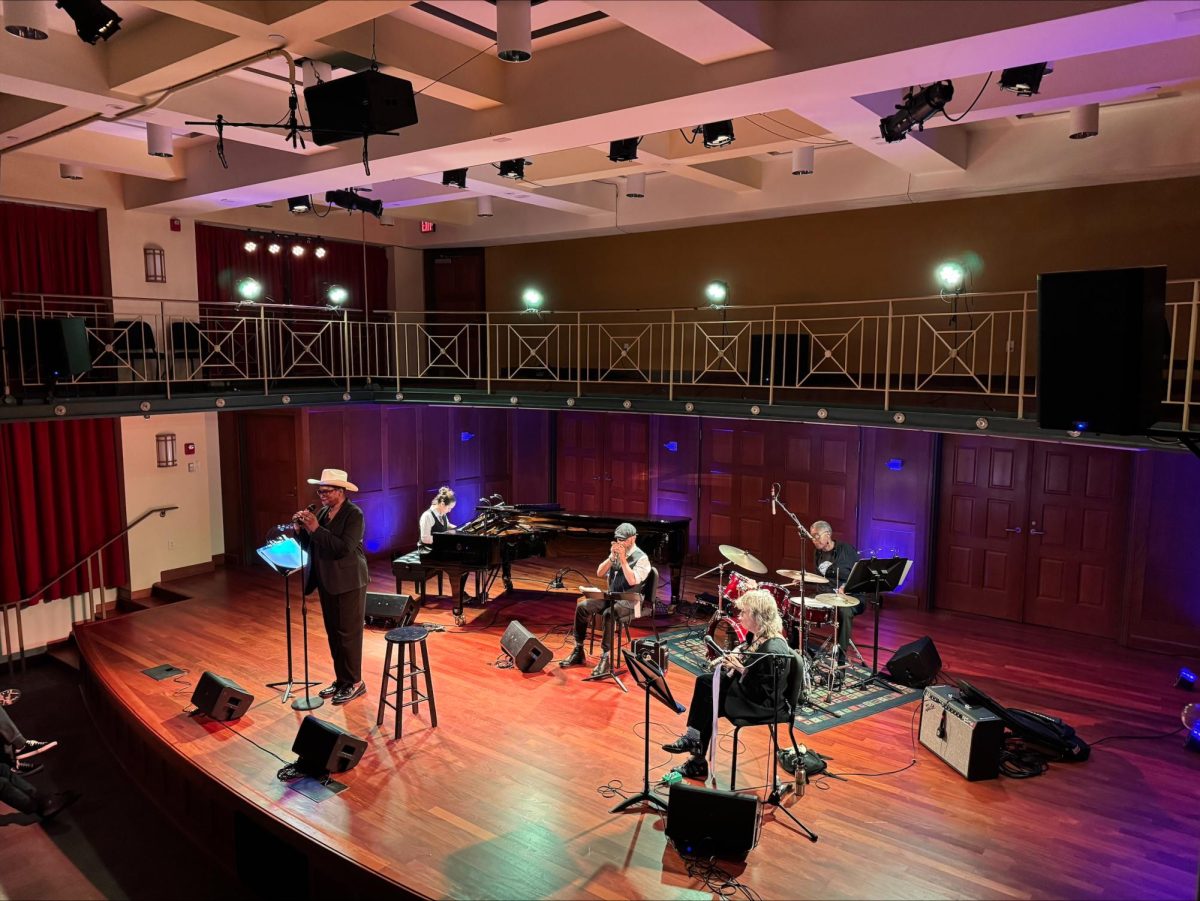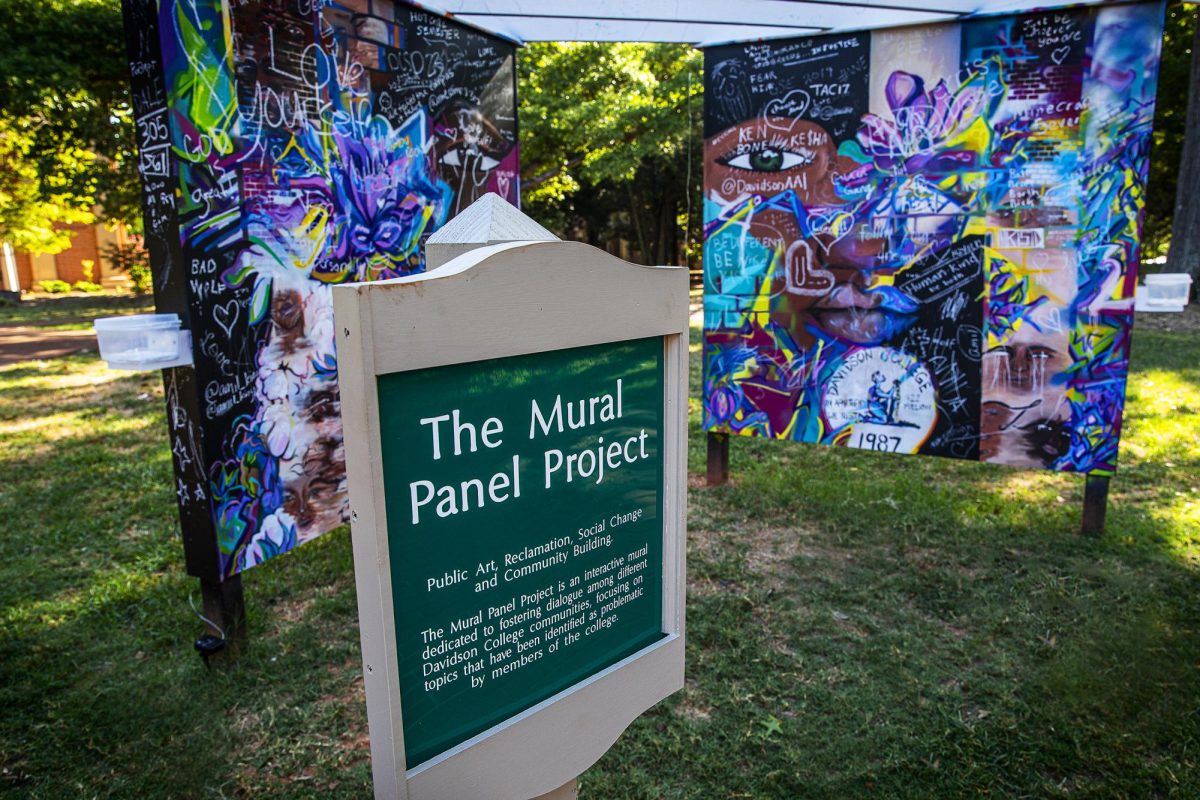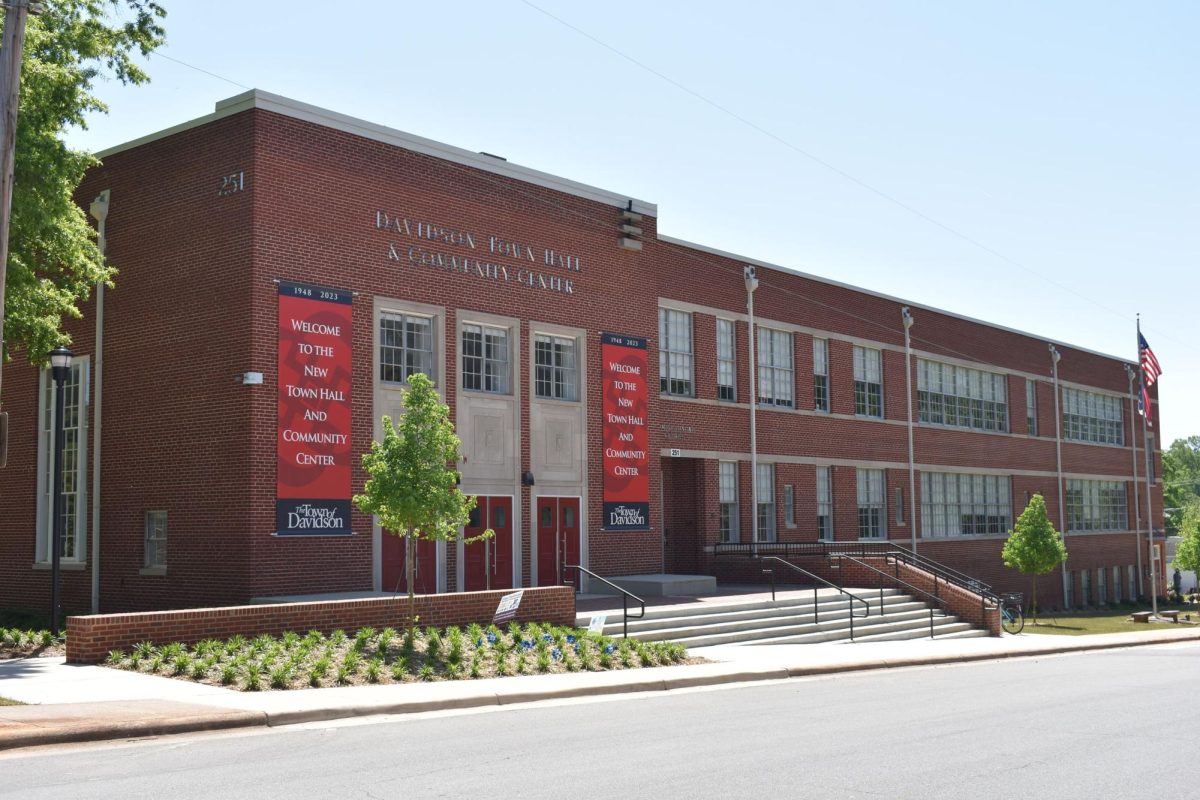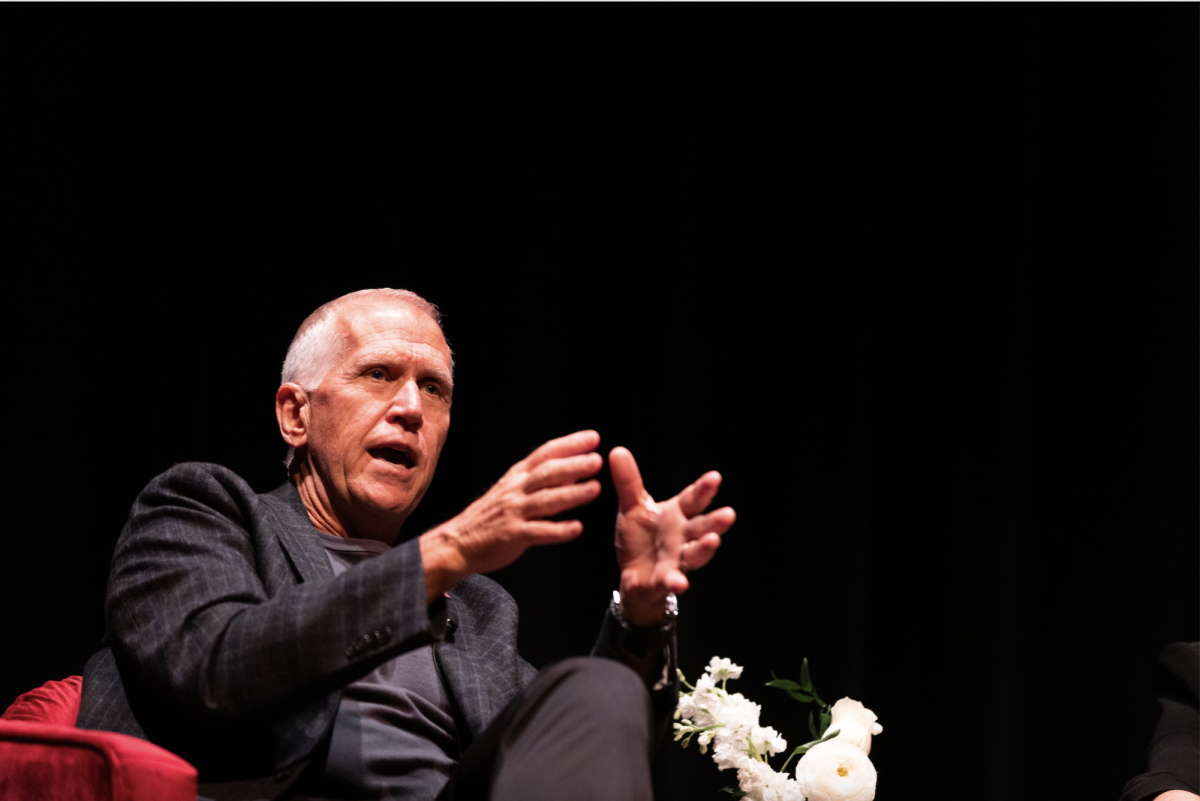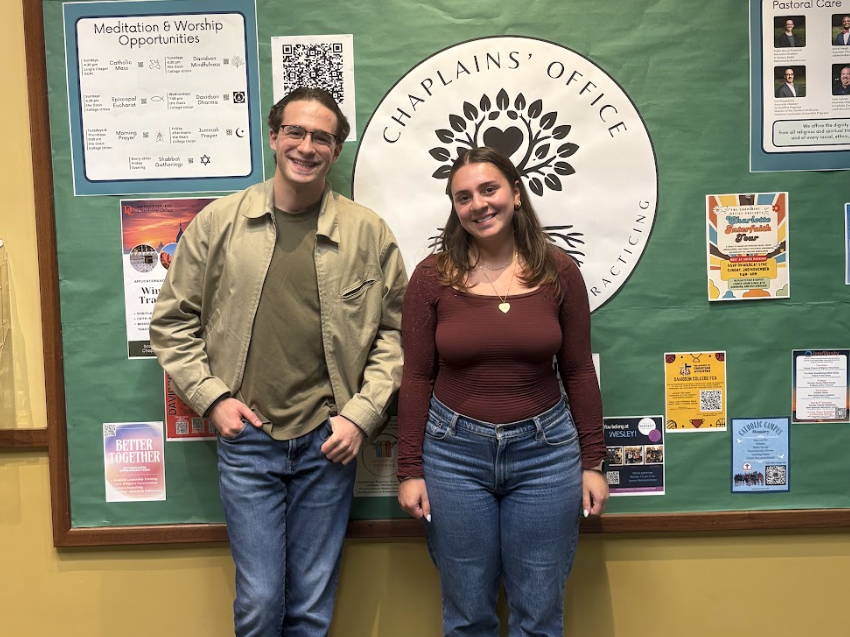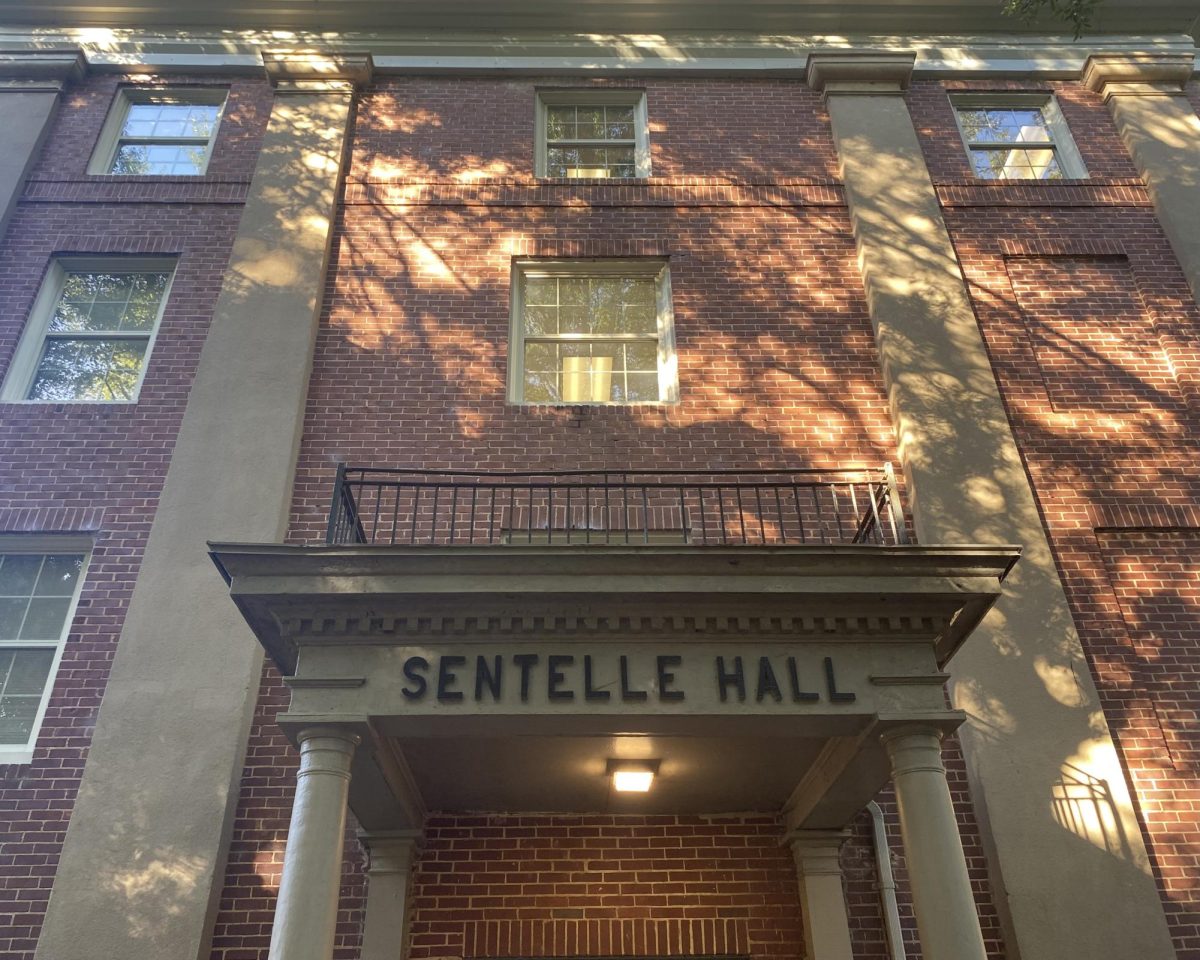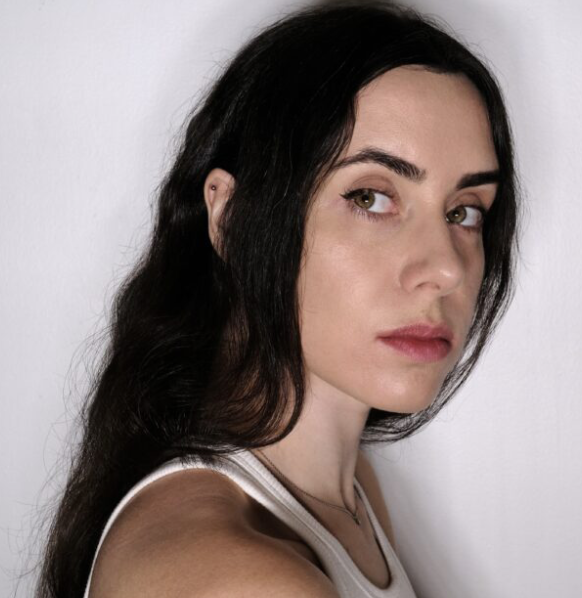On the pillars of the second floor of E. Craig Wall Jr. Academic Center, collectors from the Van Every/Smith Galleries have displayed an array of photos that depict what modern life in Ukraine looks like in the midst of war. The mastermind behind the exhibition is world-renowned Ukrainian photographer Ira Lupu. Lupu’s show brings new meaning to photography, highlighting its role in storytelling in light of the ongoing war in Ukraine.
On November 14th, Lupu hosted a talk about her exhibit in the Katherine and Tom Belk Visual Arts Center (VAC). It was moderated by Professor and Chair of Russian Studies Dr. Amanda Ewington and Director & Curator of the Davidson College Art Galleries Lia Newman. While Lupu resides in New York City, she has taken many trips to Ukraine to capture photos for her exhibits. “The conditions of working there [Ukraine] are similar to living there: surreal,” Lupu described.
The content of Lupu’s photos varies. Some portray the tragedies the war has brought to the region. Others depict photos of children playing and show how everyday Ukrainian life persists despite the devastation. “We’ve learned to coexist with explosions,” Lupu explained. “Psychologically there’s only a certain amount of this more explicit imagery that a person can absorb and you just want to look away at some point. And it’s sad, but it’s also natural. I think we would all just go crazy if we looked at this day and night.”
Through these photos, Lupu hopes to shift the narrative about Ukrainian citizens as the war continues. “Ukrainians are fighting for liberation and their people,” she said.
In regard to the current relationship between the Ukrainian government and its citizens, Lupu criticized Ukrainian President Volodymyr Zelensky. “I didn’t vote for Zelensky. A lot of my friends didn’t. My mom is the biggest hater of Zelensky in the world.” Despite this, she still acknowledged the president’s leadership. “In Ukraine, this [war] is something that we have to deal with, and [there are] internal issues in our country, but I respect him as someone who stood up for us in the critical moment, who did not leave, who probably made some bad decisions, but also made some decisions that helped us survive.”
Dr. Ewington hopes that this photo exhibit will showcase another side of the Russo-Ukrainian War, highlighting its cultural significance. “A lot of experts consider what Russia is doing [to be] cultural genocide, and there’s a long history of suppression of Ukrainian language and Ukrainian culture. And so it felt like it was the time to shift focus and remember that there is art and there is beauty, and we need to understand what is at stake when Russians are trying to suppress or destroy that culture,” Dr. Ewington said.
Likewise, Newman hopes that the exhibit will inform viewers about the Ukraine the news cannot portray. “I think what’s really interesting about these photojournalistic documentaries is that they’re not the same images that we’re seeing in the news. It’s not like they’re all sensationalistic,” she emphasized. “I’m hoping that it gives a wider image of what’s happening. […] So for me, what does photography do? What [else] can it help us see?”
Dr. Ewington and Newman also emphasized the significance of displaying the photos in Wall as opposed to the VAC. “I’ve realized since the exhibit went up that it’s fantastic because students are seeing it who aren’t seeking it out,” Dr. Ewington said. “I think the VAC is such a beautiful space, but a student would have to decide to go into the art gallery, whereas here you could just be going to class and stumble across this exhibit and take a few minutes to have a look.” Newman agreed. “That’s definitely why we use these spaces around campus: to make connections.”
The photo exhibit has already left an impact on students. Many, including Daniela Martinez ‘28, have been especially moved by the eye-catching, vermillion photos, something Lupu emphasizes in several of the exhibit’s pieces. “I think for me, [these pictures] stood out the most,” Martinez said.
Sophie Van Rhijn ‘28 felt that the pieces force viewers to reckon with a war that may not affect them. “[You realize] that this is really happening right now […] I feel like living in Davidson, we’re in such a bubble, it’s hard to imagine having these struggles,” she said.
Much of Lupu’s work is dedicated to documenting the youth experience. These photos allow Davidson students to empathize with Lupu’s subjects, coming to terms with the fact that they could just as easily be facing this international violence instead.

